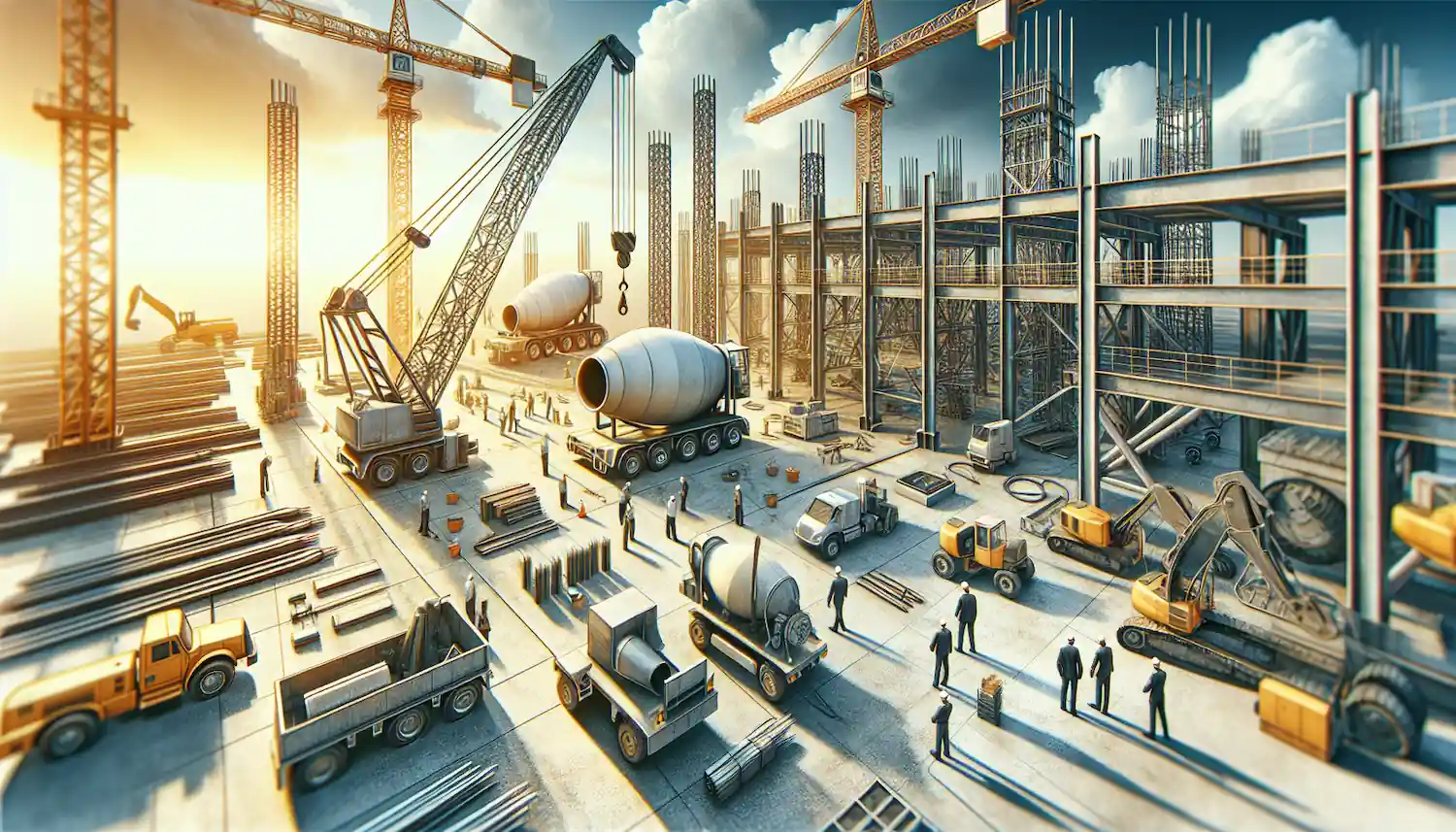10 Smart Ways to Pick Construction Machinery for 2025 Projects
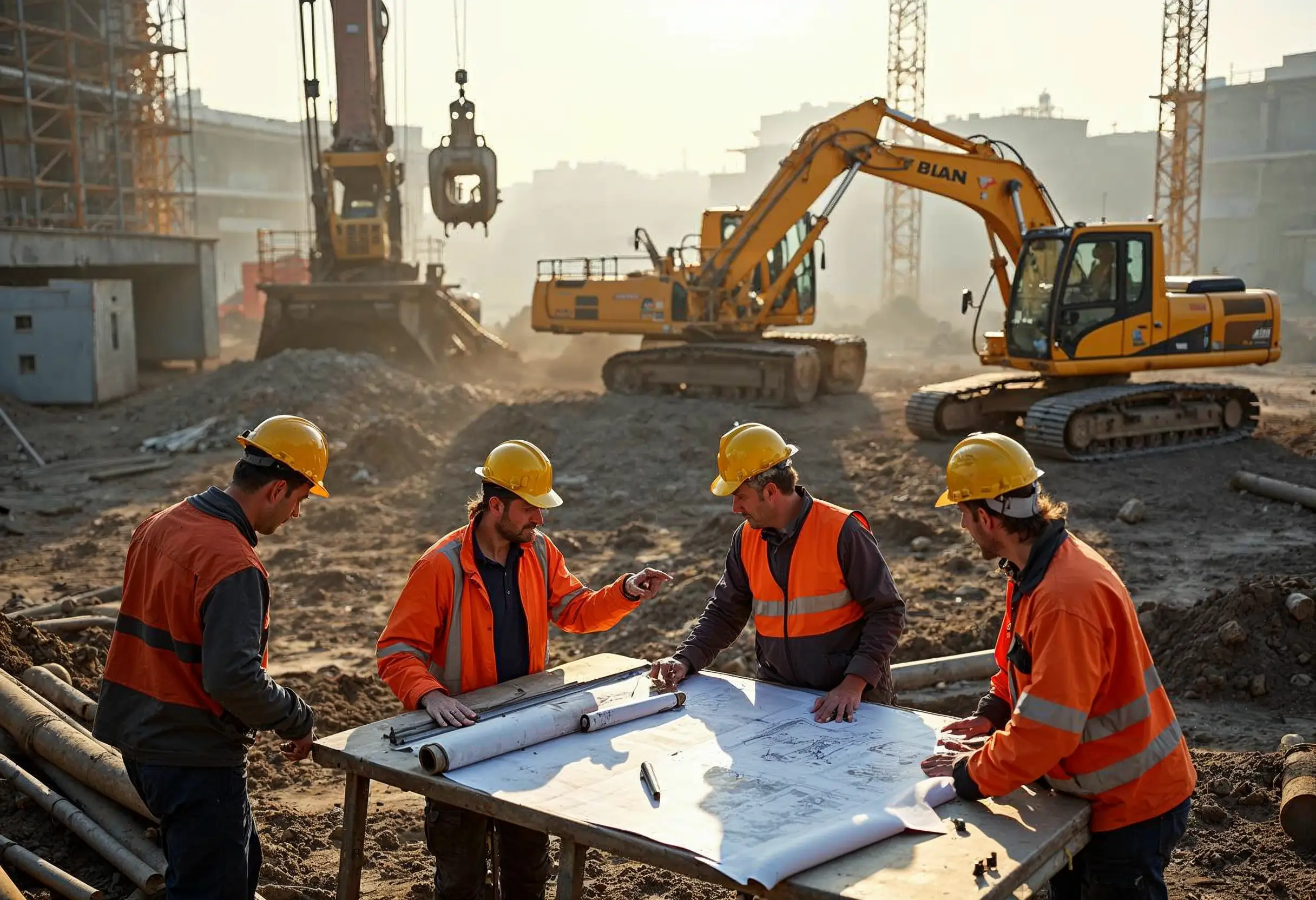
Whether you're considering a $400-per-day boom lift rental or investing $75,000 in new technology in construction equipment, choosing the right machinery requires careful planning. As a comprehensive heavy equipment guide shows, the decision impacts not just your current project but your long-term business success and sustainability.
In fact, construction machinery selection involves more than just the purchase price. You need to consider fuel costs, maintenance expenses, insurance, and potential downtime. Modern equipment comes equipped with advanced features like GPS systems and telematics for enhanced efficiency, making your choice even more crucial. The rise of sustainable infrastructure solutions and zero-emission construction equipment adds another layer of complexity to this decision-making process.
This guide walks you through 10 practical ways to select the right construction machinery for your 2025 projects, helping you balance immediate needs with future growth potential and environmental considerations.
1. Understand Your Project Requirements
Successful construction projects begin with matching the right machinery to specific job requirements. Project type shapes your equipment needs fundamentally - residential projects often need compact machinery for tight spaces, commercial builds demand medium to large equipment, while infrastructure projects require heavy-duty machinery.
Residential construction calls for versatile equipment that can handle foundation work, material transport, and finishing tasks. Commercial projects need machinery with higher load capacities and extended operational hours. Infrastructure work demands specialized equipment for tasks like road construction or bridge building, often requiring sustainable infrastructure solutions.
When determining machinery size and capacity, analyze your project's scale, site conditions, and material handling needs. A 20-ton excavator might work perfectly for commercial foundation work, while a 5-ton mini excavator suits residential landscaping better. Consider the machine's reach, lift capacity, and operational requirements based on your project timeline.

Functionality needs vary across project phases. Look for features that align with your specific tasks - whether that's precise grading capabilities for site preparation or specialized attachments for material handling. Consider factors like machine width for site access and ground pressure limitations for sensitive surfaces.
Need help selecting the right machinery for your project? Contact MCH Parts for a free sourcing consultation and quote - our experts will help match your requirements with the perfect equipment solution, including eco-friendly construction machines.
2. Research Advanced Technologies
Advanced technology is reshaping construction equipment selection for 2025. Smart machinery equipped with AI and automation capabilities delivers unprecedented advantages for construction projects, driving the digital transformation of the industry.
Benefits of AI and automation in construction equipment
AI in construction and IoT in construction are revolutionizing the industry. AI-powered safety systems actively monitor and predict potential hazards, enabling proactive risk prevention. Additionally, automated maintenance tracking through sensors helps prevent costly breakdowns and extends equipment life. Construction companies using machine control systems have noted productivity improvements of 30-50%.

How new technologies can boost efficiency in 2025
Construction automation and innovative construction tools significantly enhance efficiency through multiple innovations. Specifically, drones conduct aerial surveys with high precision, while autonomous machines handle material transport across sites. Furthermore, robotic systems perform tasks like concrete pouring and welding with exceptional accuracy, reducing waste and improving structural integrity. The integration of Building Information Management (BIM) and predictive analytics further optimizes project planning and execution.
Choosing multifunctional machines to save costs
Multifunctional equipment offers substantial cost advantages. Notably, adding a pin-on basket to a crane or a lifting jib to an aerial platform costs merely one-tenth of purchasing a separate machine. Construction business owners can achieve significant savings by selecting versatile machines that adapt to various applications. For instance, modern walk-behind rollers feature dual amplitudes - one setting for soil and aggregates, another for asphalt - eliminating the need for two separate machines.
Need expert guidance on selecting advanced construction equipment? Contact MCH Parts for a free consultation on matching cutting-edge technology with your project requirements, including futuristic construction vehicles and zero-emission construction equipment.
3. Evaluate Equipment Versatility
Selecting versatile construction machinery maximizes your investment returns through multi-purpose functionality. Backhoe loaders stand out as the most adaptable construction equipment, combining three machines in one - a tractor, loader, and backhoe. These powerhouse machines handle everything from excavation and construction to farming and hauling tasks.

Examples of versatile machinery
Skid steer loaders excel in versatility through their extensive attachment compatibility. These compact machines manage diverse tasks including forestry, land clearing, landscaping, road work, excavation, and demolition. Their unique ability to pivot within their own footprint allows exceptional control in confined spaces.
Excavators prove their adaptability across multiple industries. Their 360-degree rotating cabs offer unmatched operational range. Moreover, excavators handle various tasks from digging and lifting to demolition and site clearing.
Telehandlers combine the capabilities of forklifts and cranes, reaching heights up to 18 meters. These machines move beyond basic material handling to support cleaning, painting, repair, and maintenance operations. Similarly, compact track loaders demonstrate exceptional versatility on challenging surfaces like rocks, mud, and sand.
Need expert guidance on selecting the most versatile construction equipment for your projects? Contact MCH Parts for a free consultation and quote on machinery that maximizes your operational efficiency, including innovative construction tools and sustainable construction technology.
4. Prioritize Energy Efficiency
Energy costs make up a substantial portion of construction equipment expenses. Fuel-efficient machinery cuts operational costs while supporting environmental goals. The shift towards electric construction machinery and zero-emission construction equipment is rapidly changing the industry landscape.
Importance of fuel-efficient and electric-powered equipment

Electric-powered construction equipment reduces noise pollution by 50% compared to diesel counterparts. Consequently, these machines allow extended work hours in noise-sensitive areas. Electric equipment also eliminates direct emissions, primarily benefiting indoor construction sites and urban projects.
Modern hybrid models combine diesel and electric power, offering flexibility across different work environments. These machines cut fuel consumption by 25-30% compared to traditional equipment. Electric excavators maintain the same power output as diesel versions while running 5-6 hours on a single charge, thanks to advancements in battery technology.
Long-term savings and sustainability
Smart energy management systems in modern equipment monitor and optimize power usage. Therefore, operators can track real-time fuel consumption and adjust operations accordingly. Construction companies switching to energy-efficient equipment report annual fuel savings between $5,000-$15,000 per machine.
Beyond immediate cost benefits, energy-efficient equipment requires less maintenance. Electric motors have fewer moving parts than diesel engines, reducing service intervals by 50%. Plus, these machines maintain higher resale values due to growing demand for sustainable equipment and carbon emissions reduction initiatives.
Need guidance on selecting energy-efficient construction equipment? Contact MCH Parts for a free consultation on fuel-efficient and electric machinery options that match your project requirements, including green construction equipment and alternative fuel sources.
5. Check for Durability and Build Quality
Build quality stands as a critical factor in determining machinery longevity and performance. High-grade materials primarily affect equipment durability, operational efficiency, and maintenance costs over time.
Why do high-quality materials and construction matter?
Superior build quality ensures machinery withstands harsh construction environments. Above all, well-constructed equipment handles continuous operation under extreme conditions, from intense heat to freezing temperatures. Properly built machines maintain structural integrity despite exposure to dust, debris, and moisture.
Quality construction reduces repair frequency and extends service life. Nevertheless, premium materials might increase initial costs, yet they deliver better returns through decreased downtime and lower maintenance expenses. Machines built with high-grade steel and reinforced components resist wear and tear more effectively.

Tips for assessing equipment durability
Start by examining the frame construction and welding quality. Look for robust components made from hardened steel and inspect critical stress points for reinforcement. Check the hydraulic system for high-pressure hoses and sealed fittings that prevent leaks.
Evaluate the manufacturer's testing protocols and quality certifications. Reliable builders subject their equipment to rigorous stress testing under various conditions. Furthermore, research the equipment's track record in similar applications and environmental conditions as your intended use.
Inspect the operator cabin's build quality, as it indicates overall manufacturing standards. A well-constructed cabin typically signals attention to detail throughout the machine. Plus, examine paint quality and protective coatings that guard against corrosion.
Need help evaluating equipment durability? Contact MCH Parts for a free consultation on selecting machinery with proven reliability and superior build quality, including environmentally friendly construction vehicles designed for longevity.
6. Consider Renting vs. Buying
Making smart financial decisions about construction equipment starts with analyzing the rental versus purchase options. Equipment ownership primarily suits companies with consistent, long-term usage needs, while renting offers flexibility for project-specific requirements.
Pros and cons of renting versus owning heavy equipment
Ownership gives you complete control over equipment maintenance and availability. Plus, owned machinery builds equity and serves as a business asset. Alternatively, renting eliminates storage costs and maintenance responsibilities.
Renting works best for specialized equipment needed occasionally or for testing new machinery types, such as zero-emission construction equipment or futuristic construction vehicles. Yet, frequent rentals can exceed purchase costs over time. Equipment owners gain tax advantages through depreciation deductions, although they must manage insurance and certification requirements.
Cost analysis for short-term and long-term projects
Short-term projects often favor renting - a month-long excavator rental costs roughly 15% of its purchase price. For equipment used more than 60-70% of the time annually, purchasing typically proves more economical.
Consider these financial factors:
- Monthly rental rates versus purchase payments and depreciation
- Maintenance and repair responsibilities
- Storage and transportation costs
- Insurance and certification expenses
Ownership costs include regular maintenance, storage, and transportation between sites. However, rental fees include delivery, pickup, and basic maintenance coverage. The break-even point between renting and buying varies by equipment type and usage patterns.
Need help deciding between renting or buying construction equipment? Contact MCH Parts for a free consultation on cost-effective equipment solutions tailored to your project needs, including options for eco-friendly construction machines.
7. Verify Safety Features
Safety features primarily determine the reliability and operational security of construction machinery. Modern safety systems protect both operators and workers while maximizing equipment performance.
Key safety features to look for in modern machinery

Start by examining the operator visibility systems. Particularly, look for machines equipped with 360-degree cameras and proximity sensors that alert operators to potential hazards. Subsequently, check for emergency shutdown systems and roll-over protection structures (ROPS) that shield operators during accidents.
Automated warning systems enhance site security through motion detectors and backup alarms. Machines with integrated load monitoring prevent dangerous overloading situations. Additionally, look for equipment with anti-slip surfaces and secure access points that reduce fall risks.
Ensuring operator and site safety
Operator comfort directly impacts safety. Ergonomic controls reduce fatigue, while climate-controlled cabs maintain alertness during long shifts. Machines with adjustable seats and controls accommodate different operator sizes, minimizing strain injuries.
Site safety features should include:
- Ground-level maintenance access points
- Lockout systems for maintenance procedures
- Bright LED work lights for low-light conditions
- Non-slip walkways and sturdy handrails
The integration of AI in construction has led to advanced safety features like predictive maintenance alerts and real-time hazard detection. Some manufacturers are also exploring remote-controlled machinery to enhance operator safety in hazardous environments.
Need expert guidance on selecting machinery with advanced safety features? Contact MCH Parts for a free consultation on equipment that prioritizes operator and site safety, including innovative solutions powered by artificial intelligence in construction project management.
8. Compare Multiple Brands and Models
Thorough brand comparison helps pinpoint the perfect machinery for your construction needs. Brand reputation and market presence offer insights into equipment reliability and after-sales support quality.

How to weigh options from different manufacturers
Begin by analyzing each manufacturer's track record in your specific equipment category. Focus on their specialization - some excel in earthmoving equipment, others in material handling machinery. Examine dealer networks and parts availability in your region.
Create a detailed comparison matrix including:
- Performance specifications and power ratings
- Fuel consumption rates
- Operating costs per hour
- Resale value trends
- Parts availability and pricing
When comparing brands, also consider their commitment to sustainable infrastructure solutions and the availability of zero-emission construction equipment options.
The value of comparing specs, warranties, and reviews
Warranty coverage varies significantly among manufacturers. Some offer basic 12-month coverage, while others provide extended protection up to 60 months. Read warranty terms carefully, noting coverage limits and exclusions.
Equipment specifications tell only part of the story. User reviews and contractor feedback provide real-world performance insights. Pay attention to common issues reported across multiple reviews and how manufacturers address these concerns.
Study maintenance records from similar models to understand long-term reliability. Check parts pricing and availability - some manufacturers maintain better spare parts networks than others. Additionally, examine dealer support quality through customer testimonials and response times.
Need help comparing different equipment brands and models? Contact MCH Parts for a free consultation and detailed comparison of machinery options that match your requirements, including the latest in electric construction machinery and clean energy construction machinery.
9. Plan for Maintenance and Support
Regular maintenance schedules primarily determine equipment reliability and operational life. Proactive maintenance reduces unexpected breakdowns by 70% while extending machinery lifespan.
Importance of after-sales support and maintenance services
Professional maintenance services catch potential issues early through diagnostic testing and preventive repairs. Plus, certified technicians ensure repairs meet manufacturer specifications, maintaining warranty coverage and resale value.
Maintenance contracts offer fixed-cost solutions for equipment upkeep. These agreements typically include scheduled inspections, fluid analysis, and component replacement based on wear patterns rather than failure. Furthermore, service providers often guarantee response times for emergency repairs, minimizing costly downtime.
Availability of spare parts and service centers
Quick access to replacement parts keeps equipment running smoothly. Authorized service centers maintain inventories of common wear items and critical components. Service center proximity affects repair turnaround times - look for providers within a 50-mile radius of your primary operation area.
Consider these factors when evaluating parts availability:
- Parts inventory levels at local dealers
- Shipping times for non-stocked items
- Availability of aftermarket alternatives
- Technical support for parts installation
For electric construction machinery and other innovative construction tools, ensure that service centers are equipped to handle these new technologies.
Need help developing a maintenance strategy or sourcing reliable parts? Contact MCH Parts for a free consultation on maintenance solutions and parts availability for your equipment fleet, including support for zero-emission construction equipment.
10. Set a Realistic Budget
Financial precision primarily shapes successful equipment acquisition strategies. Accurate budgeting helps achieve business goals and ensures continued financial growth.

Balancing quality and cost in equipment selection
Creating a flexible equipment budget essentially allows you to tackle major purchases without neglecting other spending areas. Since equipment and tool costs significantly impact project success, establish clear equipment rates and allowable charges at the beginning.
Consider these crucial budget factors:
- Annual revenue requirements - most lenders prefer USD 250,000 or more
- Maintenance and depreciation costs over time
- Operating expenses including fuel, insurance, and repairs
- Financing options with interest rates and down payment requirements
When budgeting, also factor in potential government policies and incentives for adopting sustainable construction technology and low-emission construction tools.
Tips for staying within budget without compromising on quality
Undoubtedly, thorough research helps determine average market prices for each machine type. Indeed, consulting multiple sources provides realistic cost expectations and helps set aside appropriate funds.
Track operating costs meticulously through digital documentation rather than makeshift methods. This approach ensures accurate expense monitoring and helps prevent budget overruns. Equipment tracking systems provide real-time visibility into maintenance costs and revenue, which drives profitability.
Consider the long-term cost benefits of investing in electric construction machinery or other eco-friendly construction machines, which may have higher upfront costs but lower operational expenses.
Need help creating a realistic budget for your construction equipment? Contact MCH Parts for a free consultation on cost-effective machinery solutions that maintain high quality standards, including options for carbon-neutral construction equipment.
Conclusion
Choosing the right construction machinery for your 2025 projects is a critical decision that impacts efficiency, cost, and long-term success. By understanding your project requirements, exploring advanced technologies, prioritizing energy efficiency, and balancing quality with cost, you can make smarter, more informed choices. Versatile and durable equipment, paired with proper maintenance and support, ensures smoother operations and fewer disruptions.
As the industry evolves toward sustainability and innovation, adopting machinery with cutting-edge features and eco-friendly options positions your projects for success. Ready to take the next step? Contact MCH Parts today for expert advice and tailored equipment solutions to match your needs. Let’s build a smarter, greener future together!
FAQs
Q1. What factors should I consider when choosing construction equipment for future projects?
When selecting construction equipment, consider your project requirements, new technology in construction equipment, equipment versatility, energy efficiency, and build quality. Also, evaluate whether to rent or buy, verify safety features, compare multiple brands, plan for maintenance, and set a realistic budget. Don't forget to consider sustainable infrastructure solutions and zero-emission construction equipment options.
Q2. How can new technologies improve construction efficiency in 2025?
New technologies like AI in construction and IoT in construction can significantly boost construction efficiency. AI-powered safety systems can predict and prevent hazards, while automated maintenance tracking helps prevent breakdowns. Drones, autonomous machines, and robotic systems can enhance precision and productivity in various construction tasks. Additionally, Building Information Management (BIM) and predictive analytics can optimize project planning and execution.
Q3. What are the benefits of investing in versatile construction machinery?
Versatile machinery, such as backhoe loaders, skid steer loaders, and excavators, can perform multiple tasks, maximizing your investment. These machines can adapt to various applications, reducing the need for multiple specialized pieces of equipment and potentially saving costs in the long run. Many of these versatile machines are now available as electric construction machinery or hybrid models, offering additional environmental benefits.
Q4. Why is energy efficiency important in construction equipment selection?
Energy-efficient machinery, including electric and zero-emission construction equipment, can significantly reduce operational costs and support environmental goals. These machines often offer lower fuel consumption, reduced noise pollution, and fewer emissions. They may also require less maintenance and maintain higher resale values. The shift towards sustainable construction technology and eco-friendly construction machines is becoming increasingly important in the industry.
Q5. How do I balance quality and cost when budgeting for construction equipment?
To balance quality and cost, thoroughly research average market prices for each machine type and consider factors like annual revenue requirements, maintenance costs, operating expenses, and financing options. Track operating costs meticulously and consider equipment tracking systems for real-time visibility into expenses and revenue. This approach helps ensure you invest in quality equipment while staying within budget constraints. Also, look into government policies and incentives for adopting sustainable infrastructure solutions, which may offset some costs of investing in advanced, environmentally friendly construction vehicles.
Read More

Top Hydraulic Components for Agricultural Equipment in 2025: Complete Guide
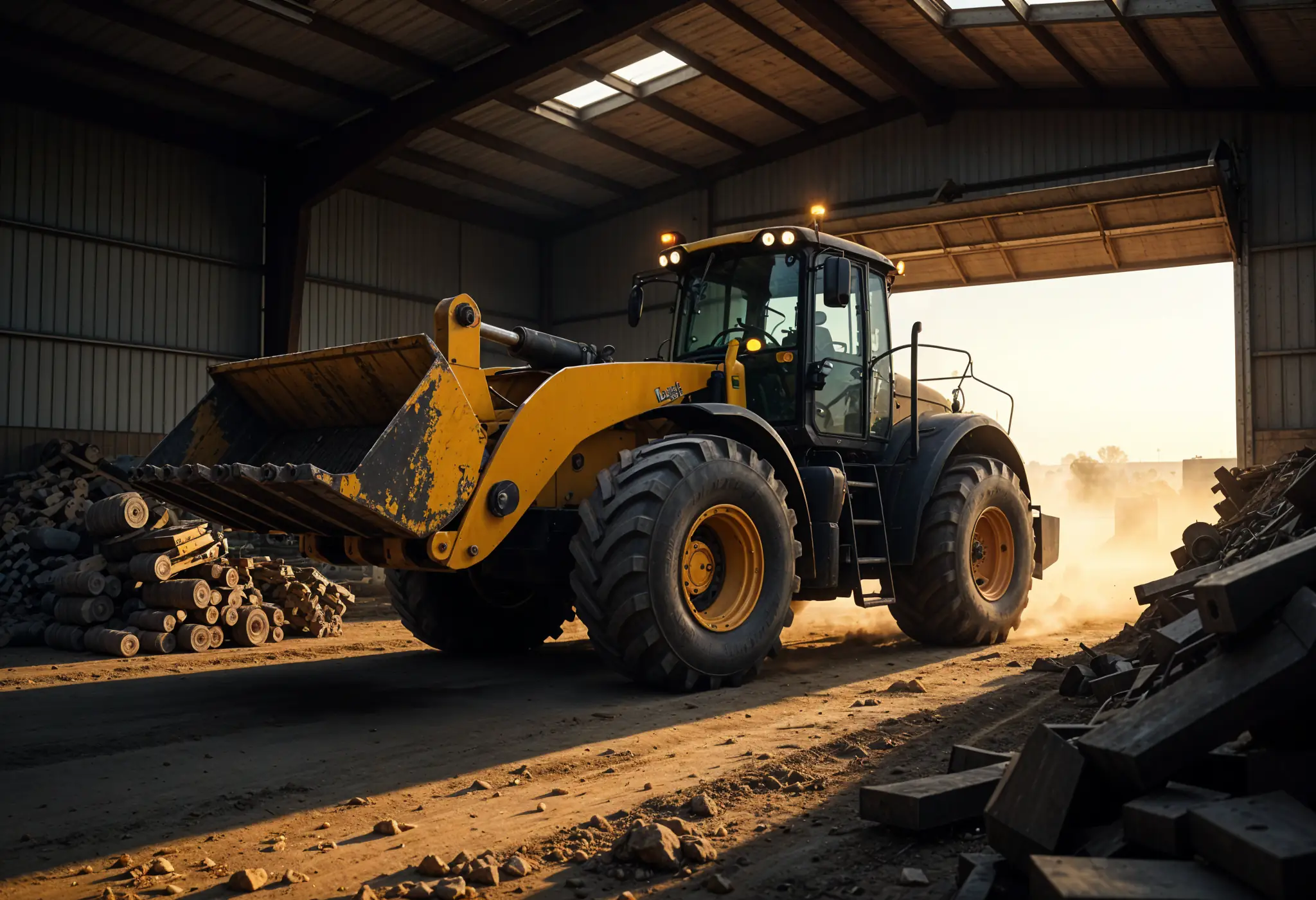
The Essential Farm Equipment Parts You Can't Afford to Run Out Of
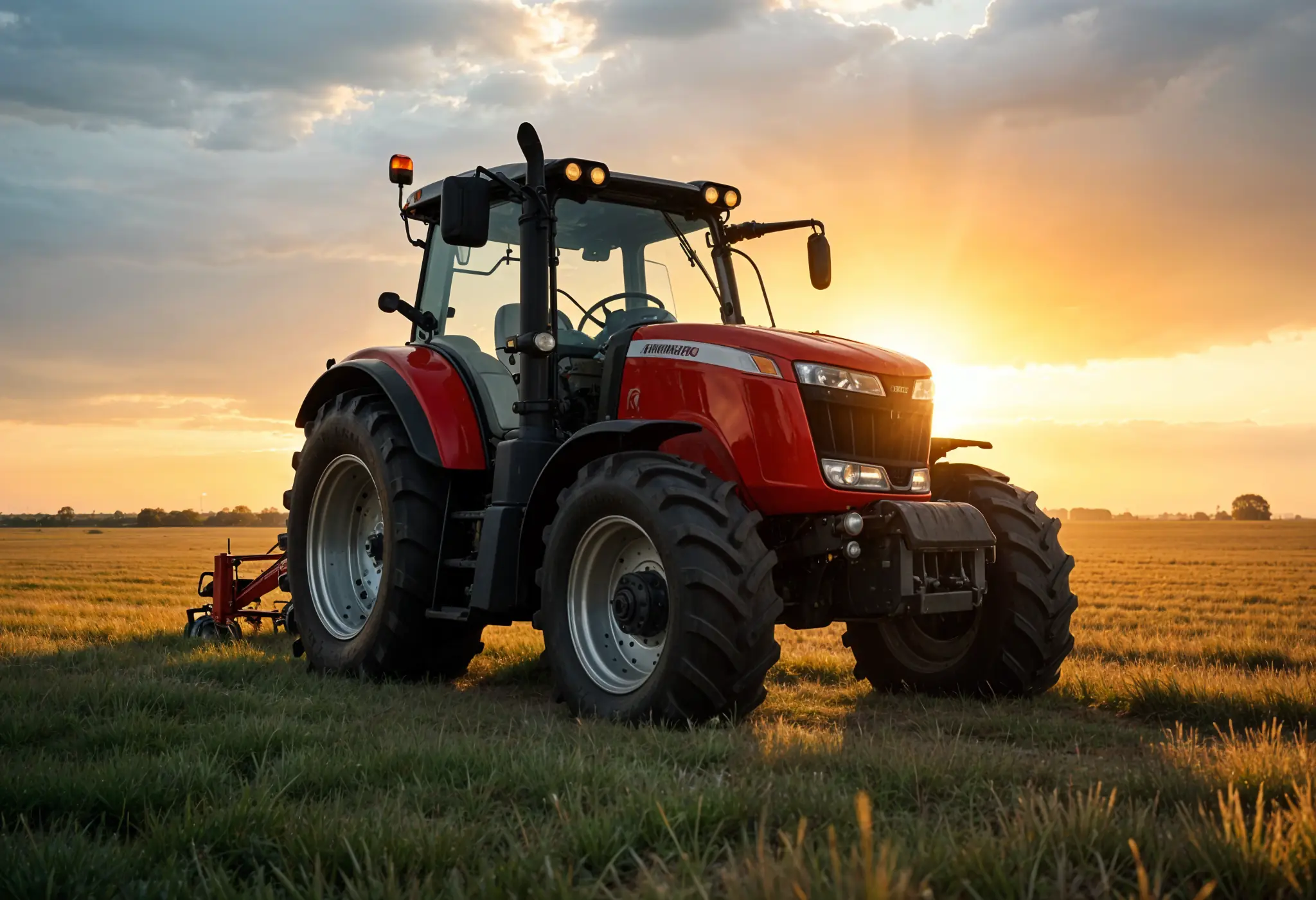
How to Service Farm Equipment: A Farmer's Guide to Zero Harvest Downtime
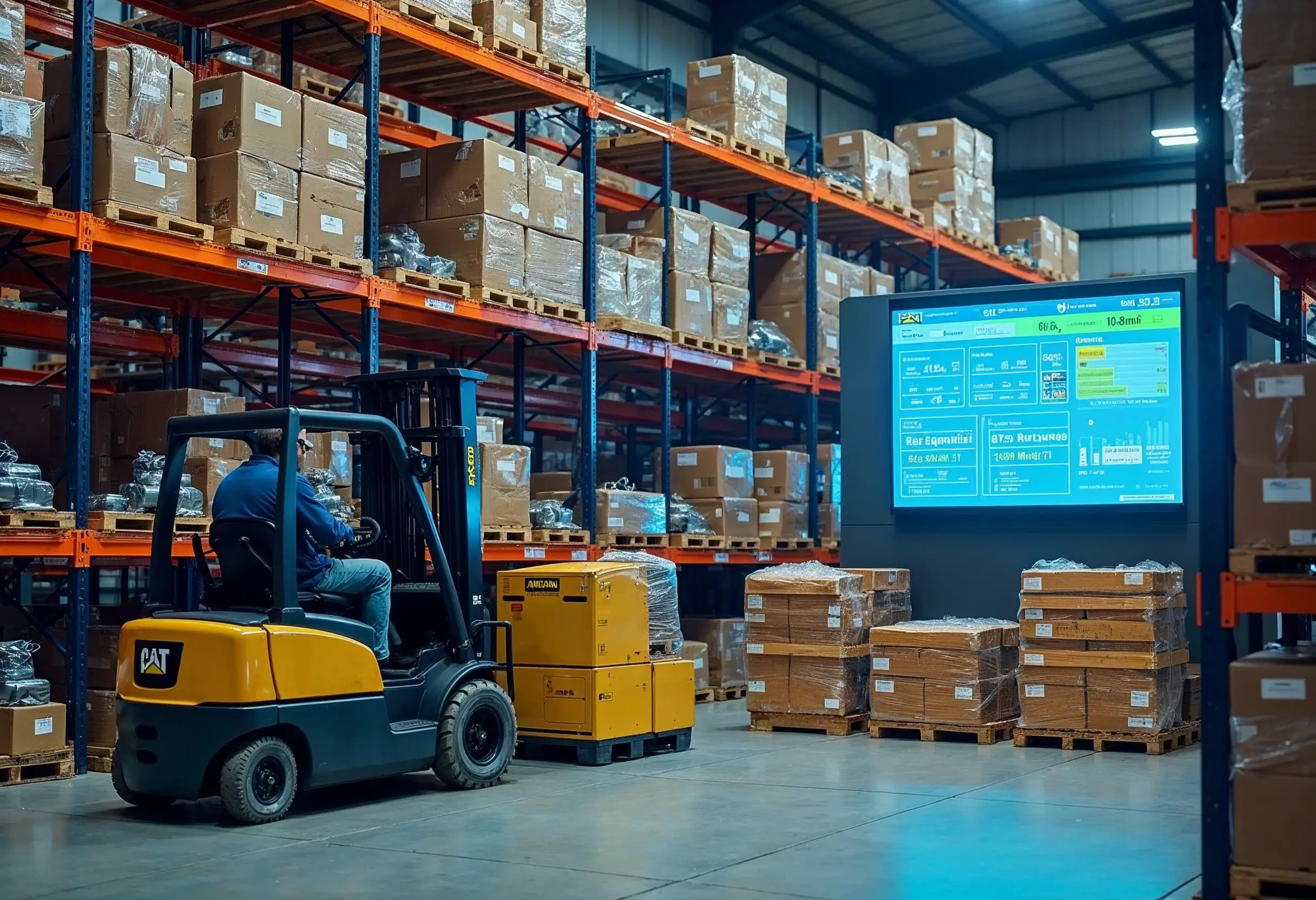
Construction Machinery Parts Suppliers: Expert Selection Guide
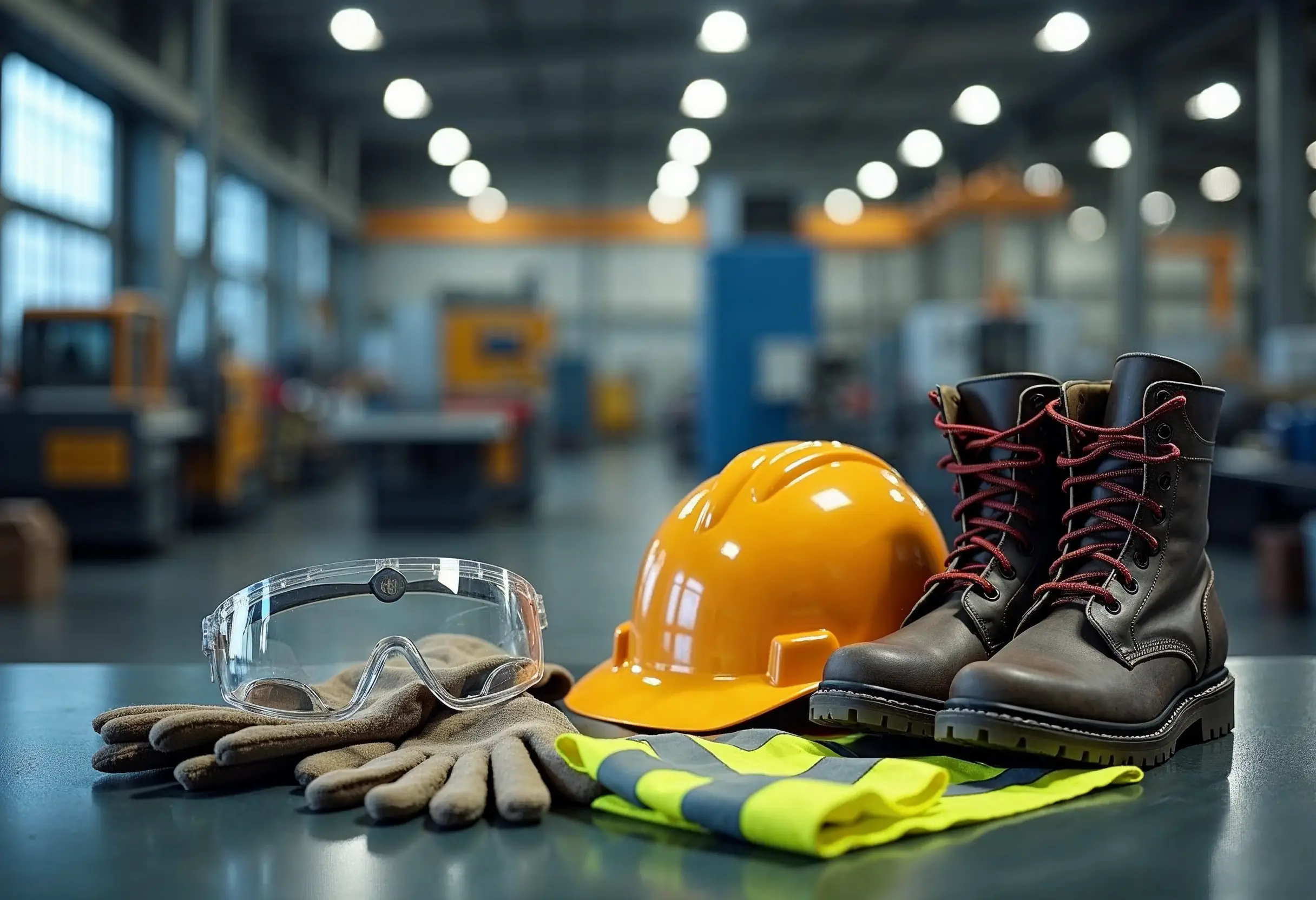
How to Apply Machine Safety Rules: From Selection to Installation
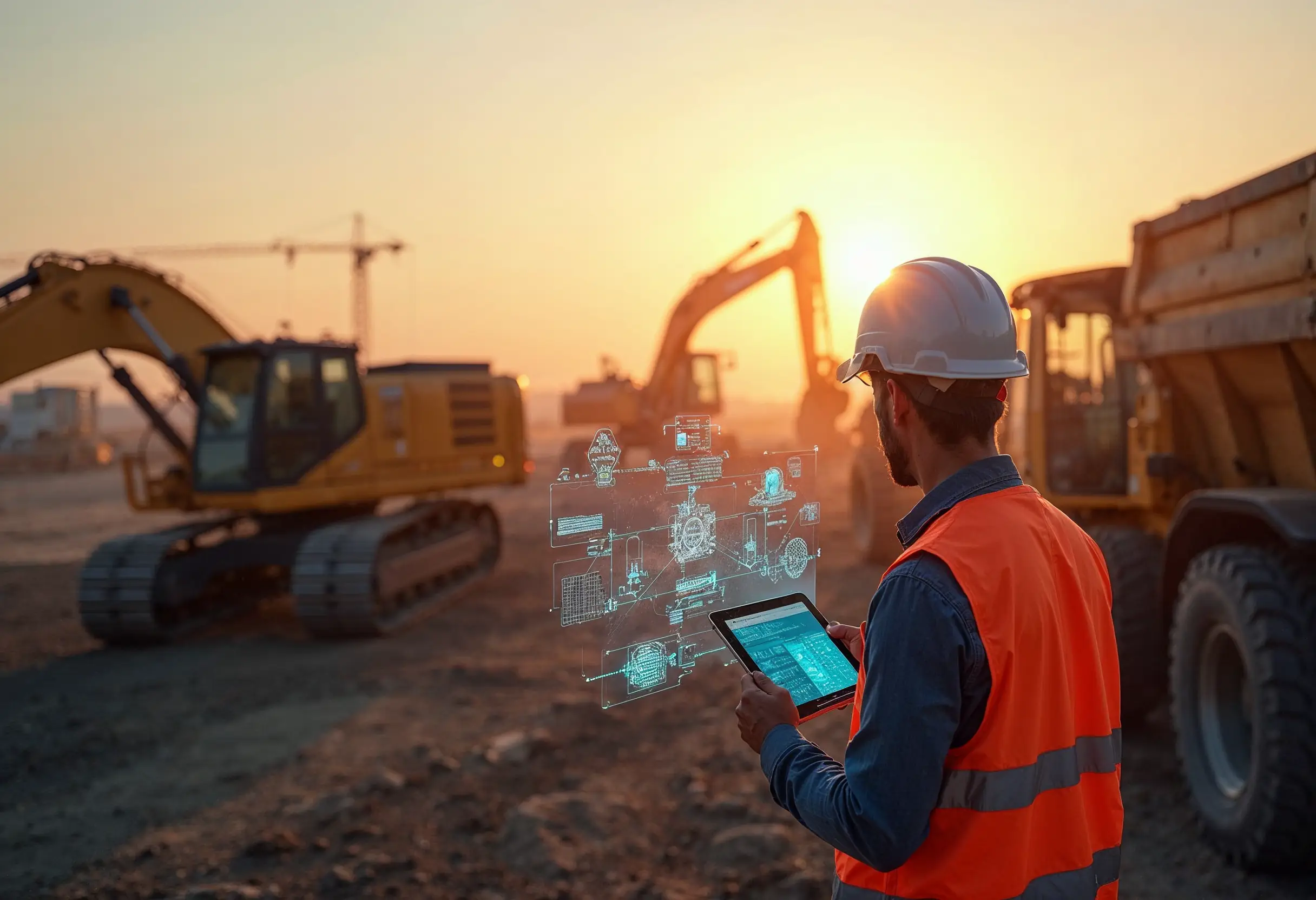
Smart Diagnostics Cut Heavy Equipment Failures by 73%
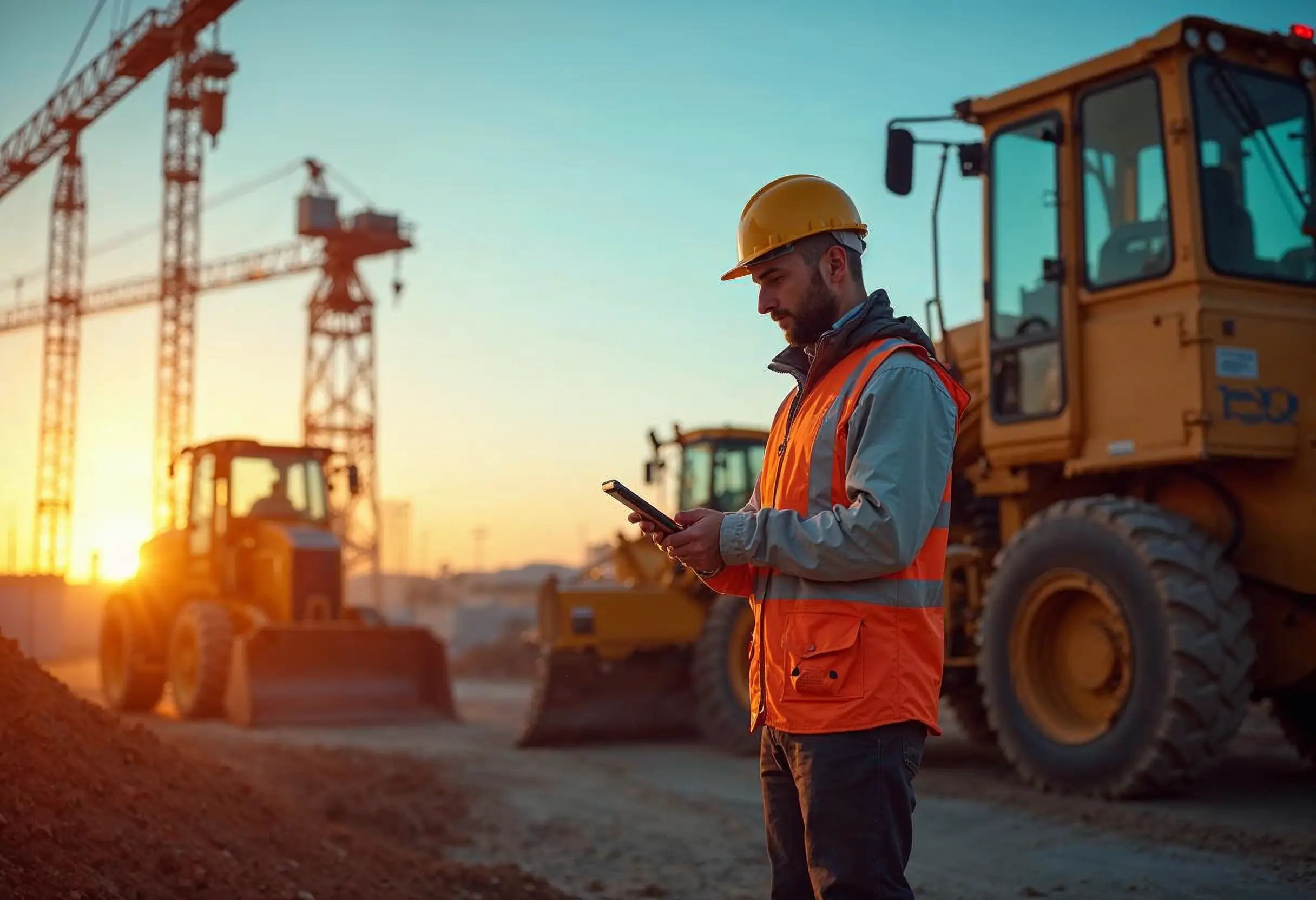
5 Ways to Assess the Environmental Impact of Heavy Construction Machinery

10 Smart Ways to Pick Construction Machinery for 2025 Projects
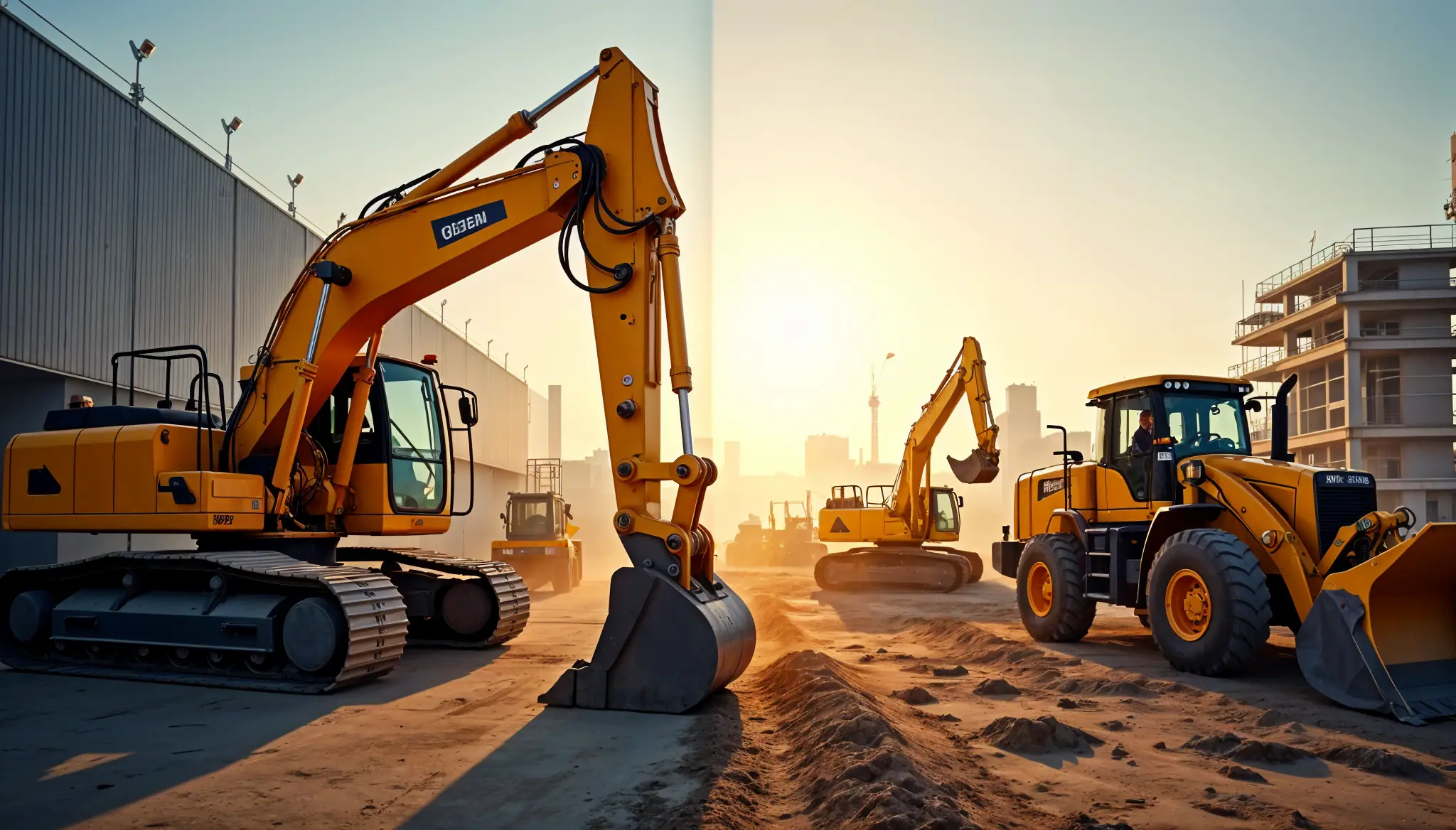
Rent vs Purchase Equipment: What Heavy Industry Experts Hide
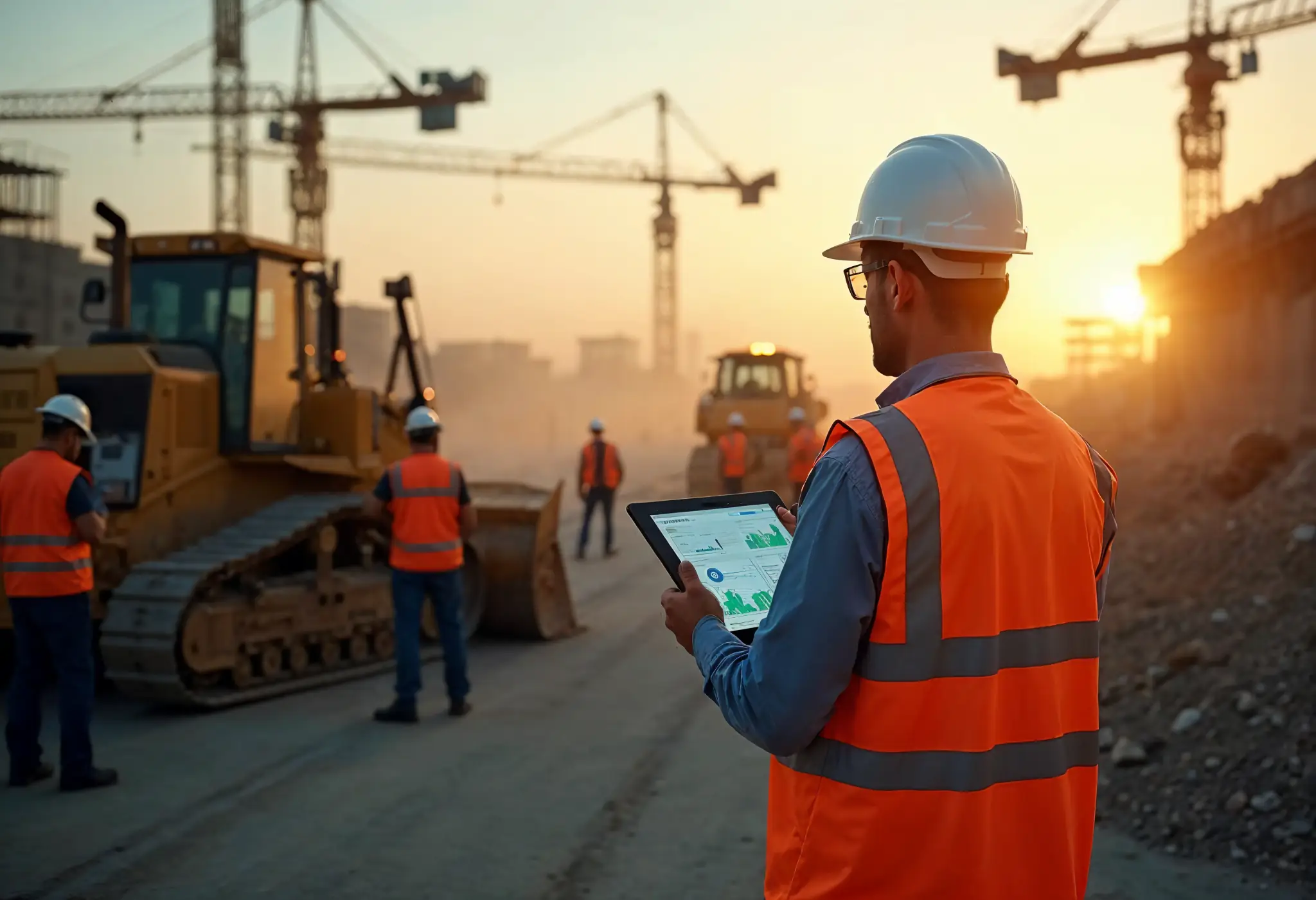
How to Implement a Construction Inventory Management System for Equipment Efficiency
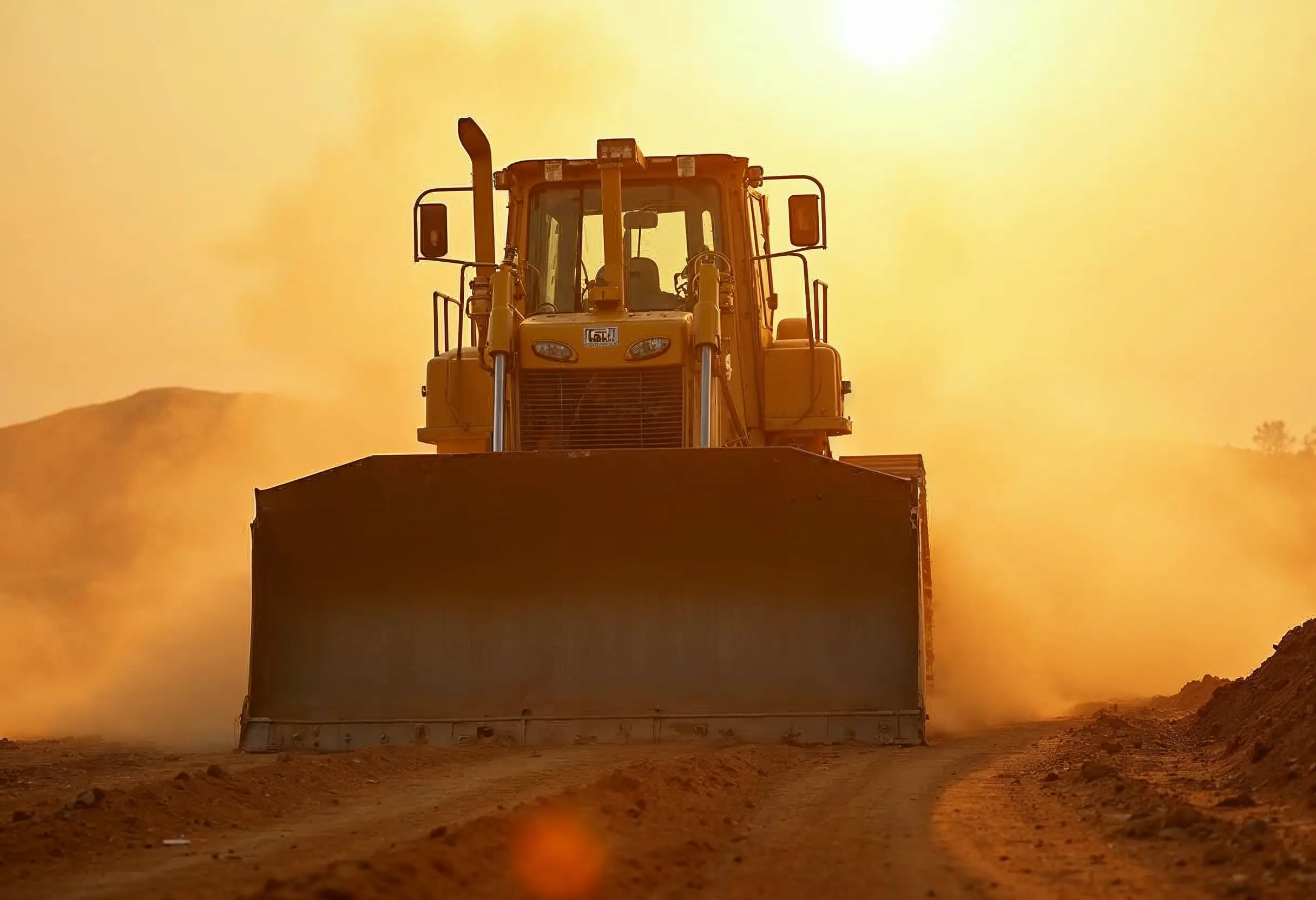
How to Extend Equipment Life Expectancy with Regular Maintenance
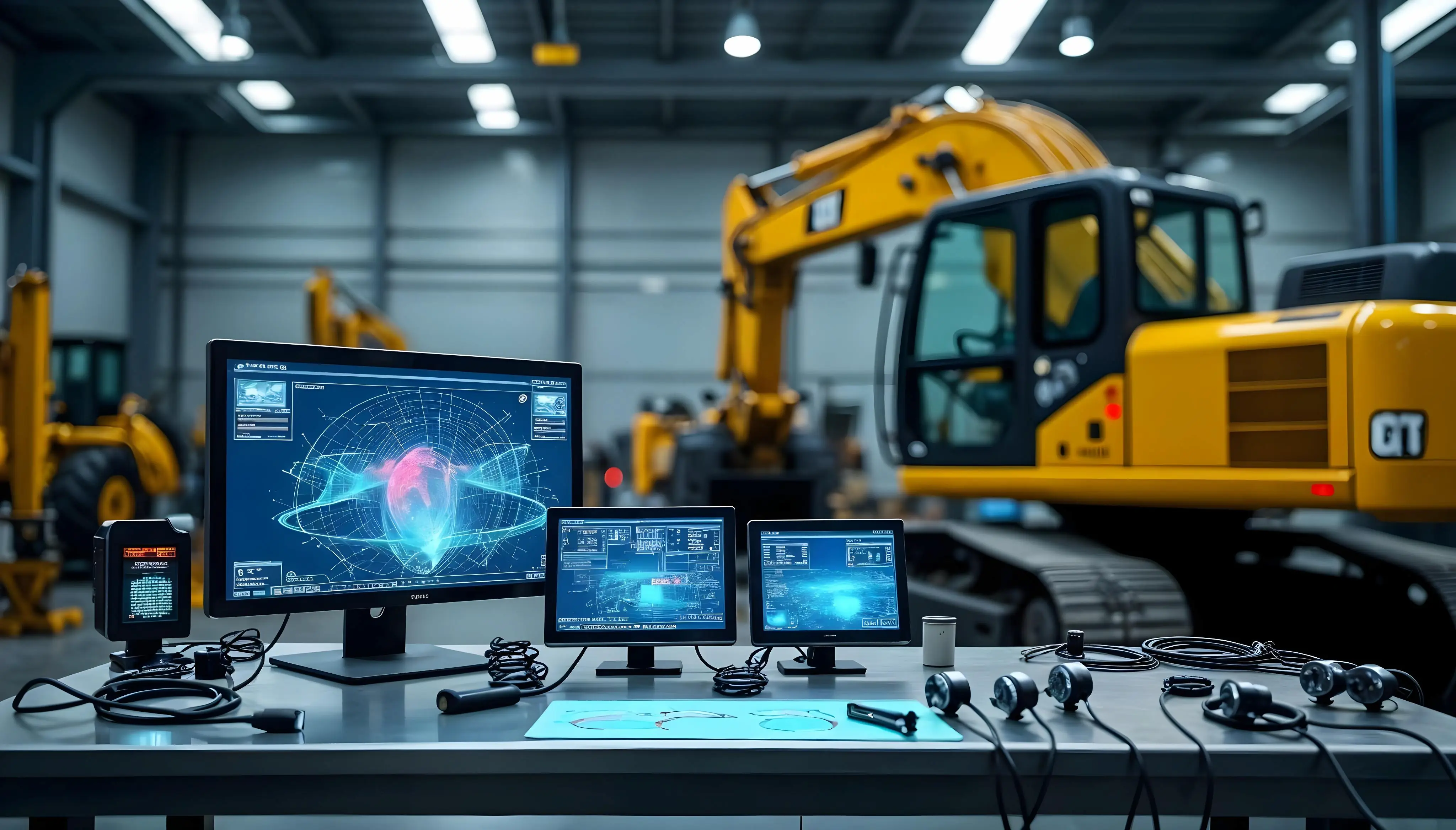
Advanced Heavy Equipment Diagnostic Tools: Ensuring Construction Machinery Quality
Essential Features Your Construction Equipment Inventory System Needs
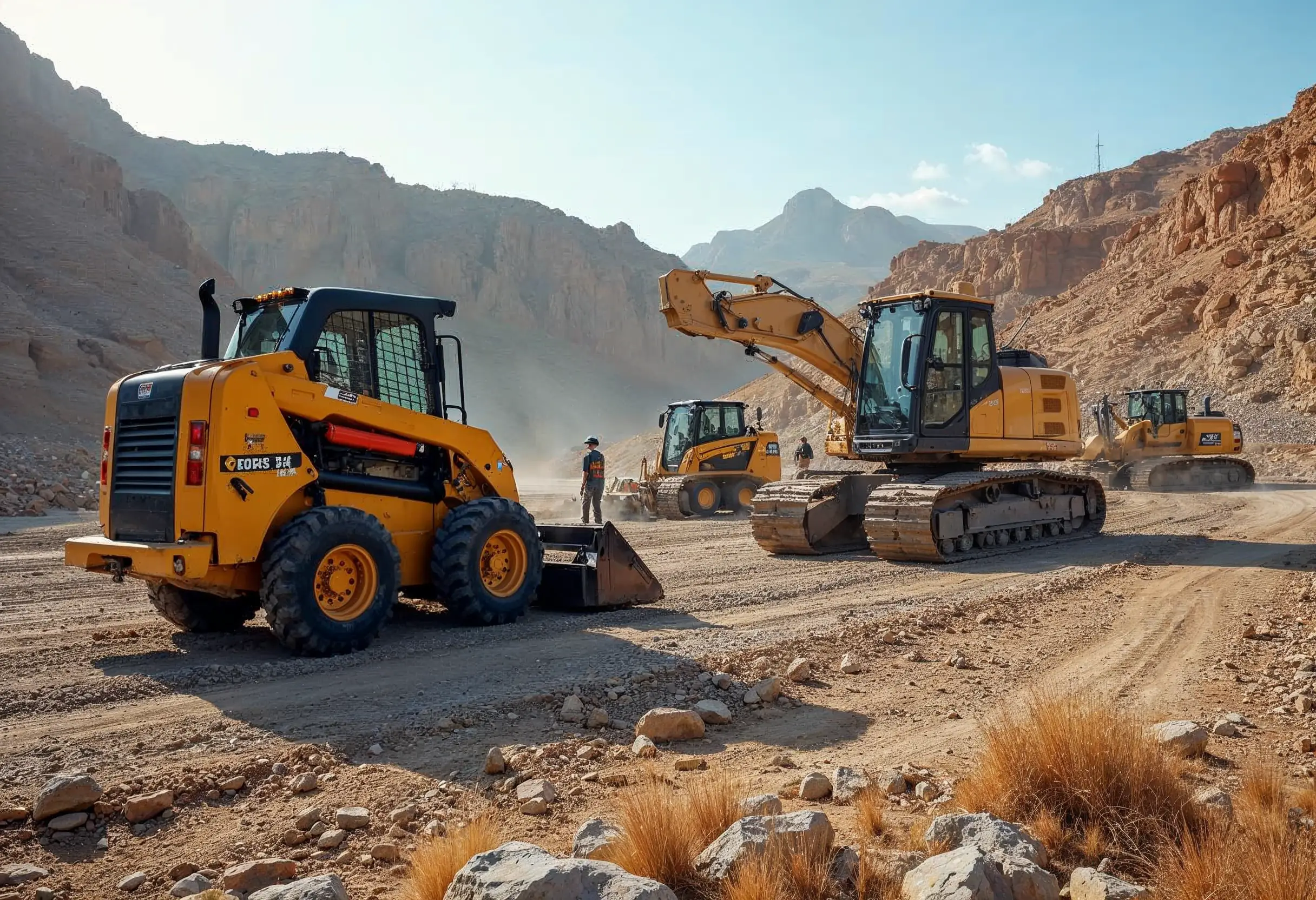
29 Quick Tips for Choosing Construction Equipment for Remote Locations
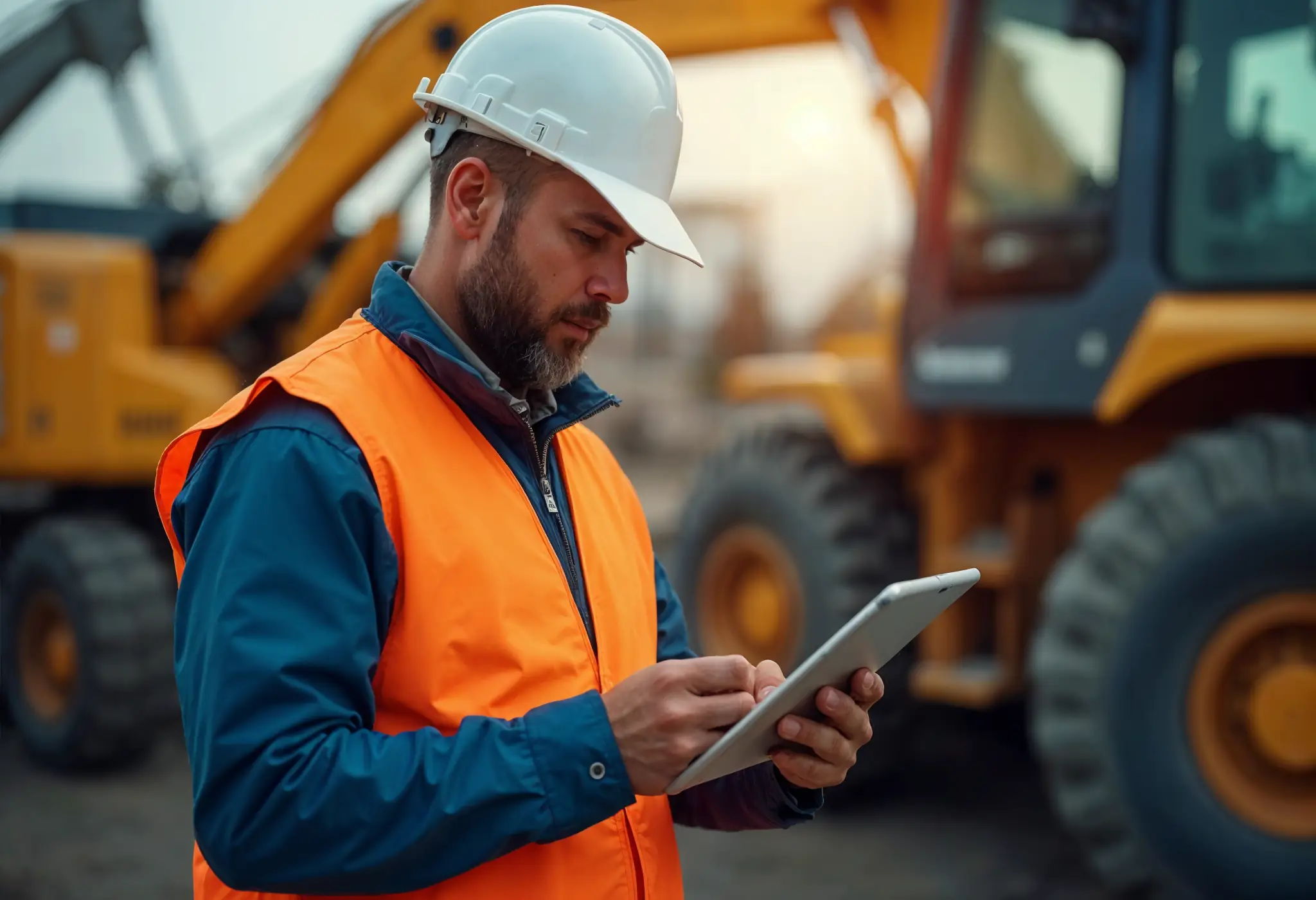
How to Select Construction Machinery with Optimal Equipment Maintenance in Mind
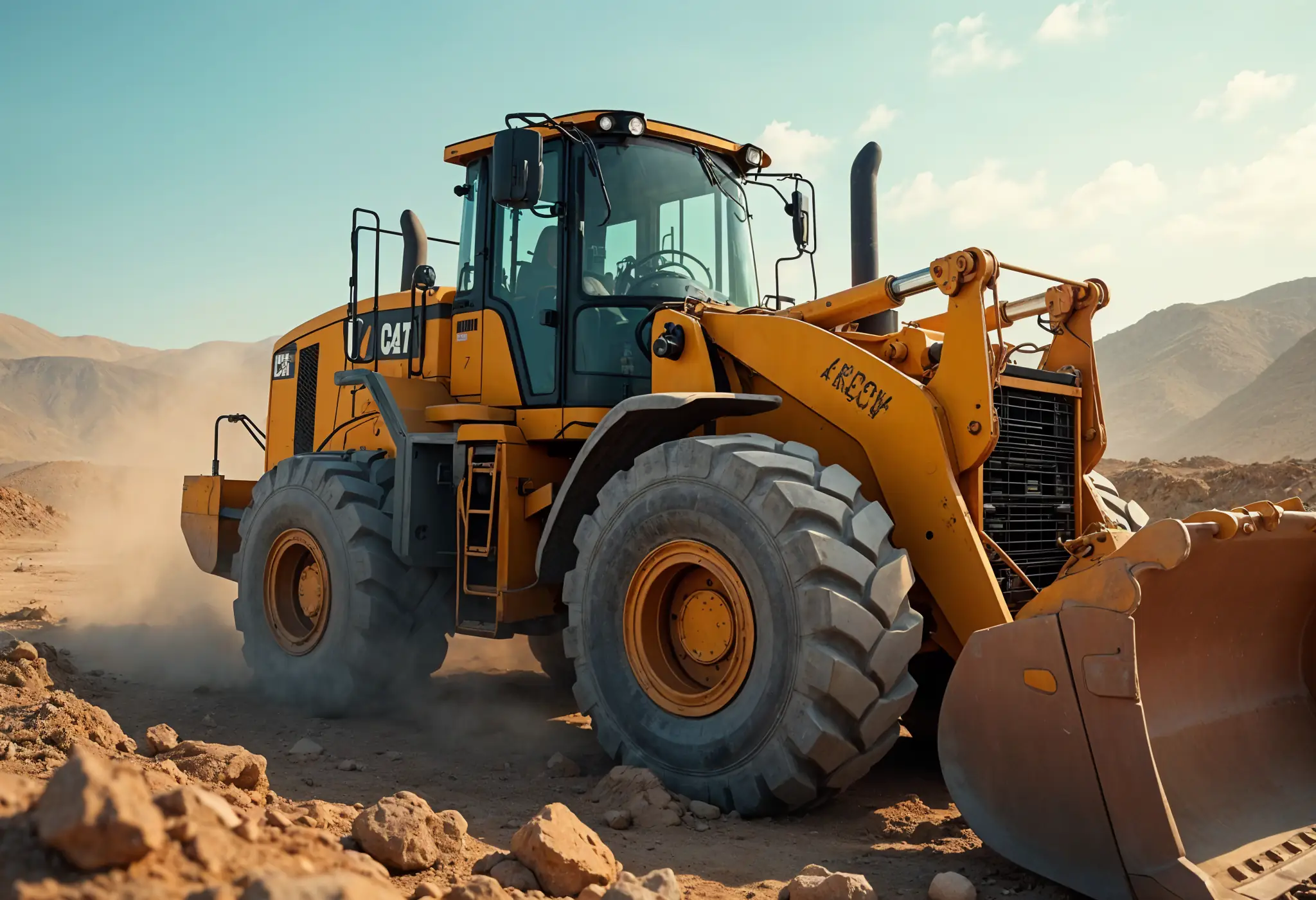
Top 25 Tips for Selecting Bulldozers for Construction Sites
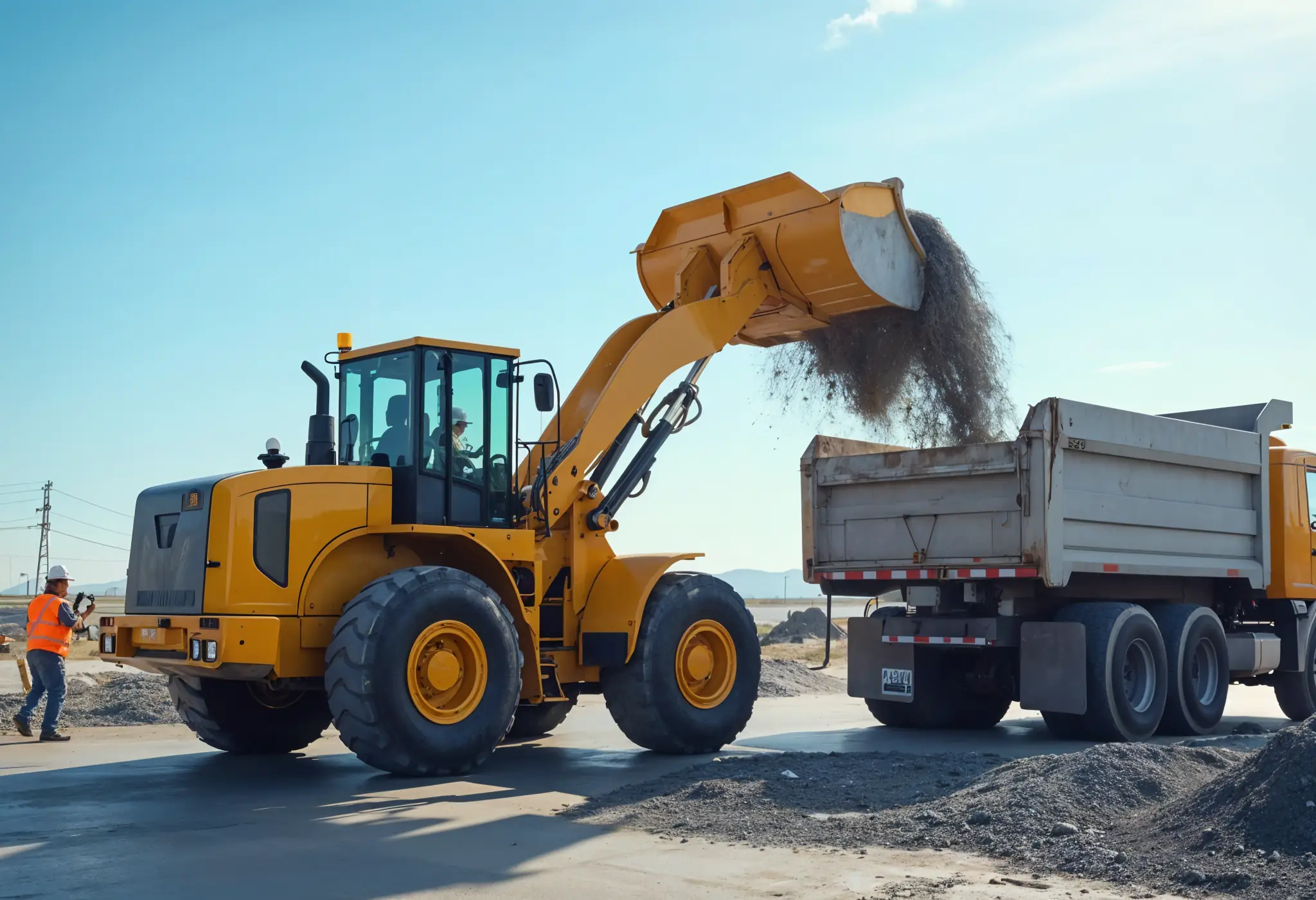
Which Construction Loader is Best for Your Project Needs?
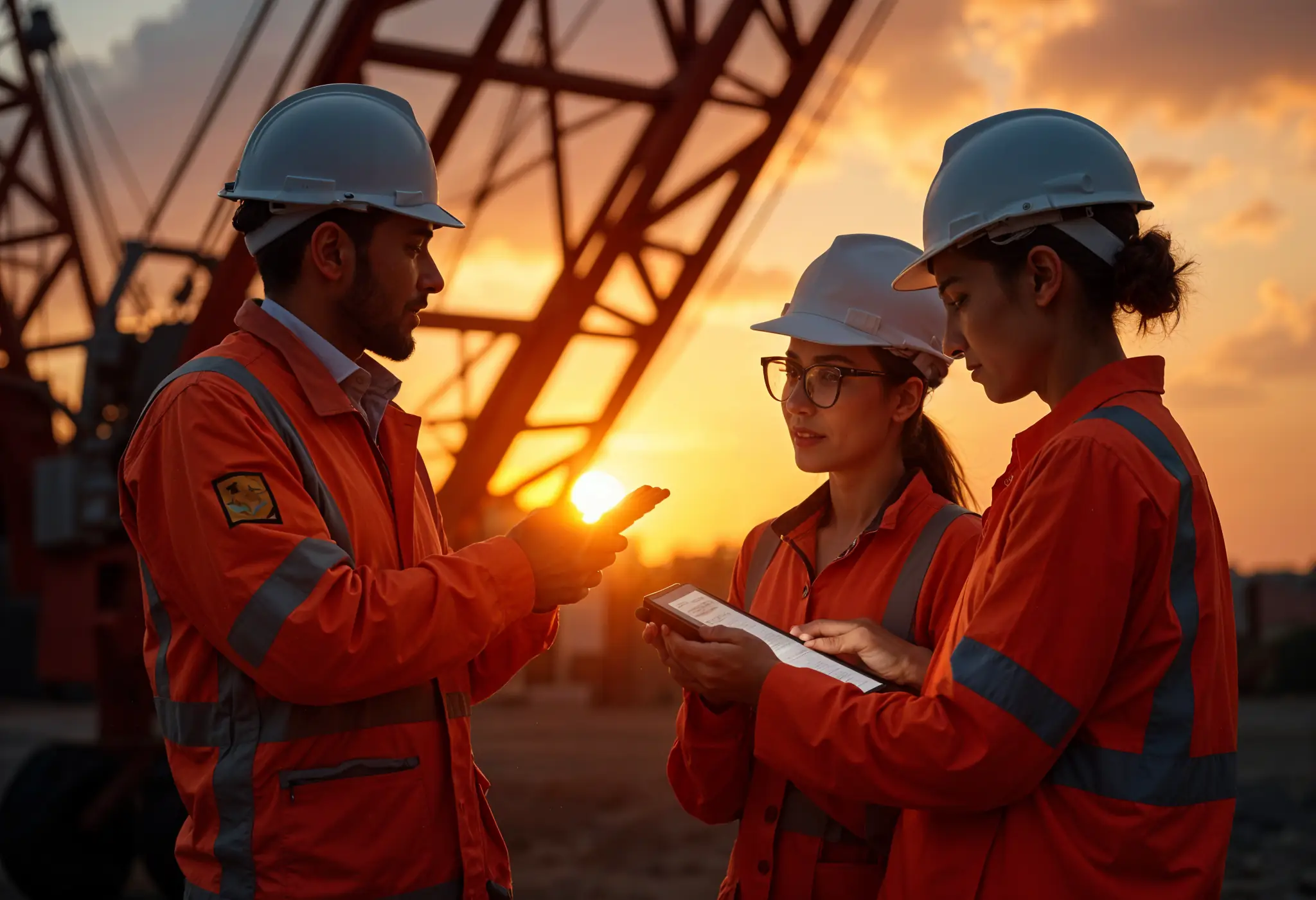
4 Key Steps to Form a Construction Machinery QC Team
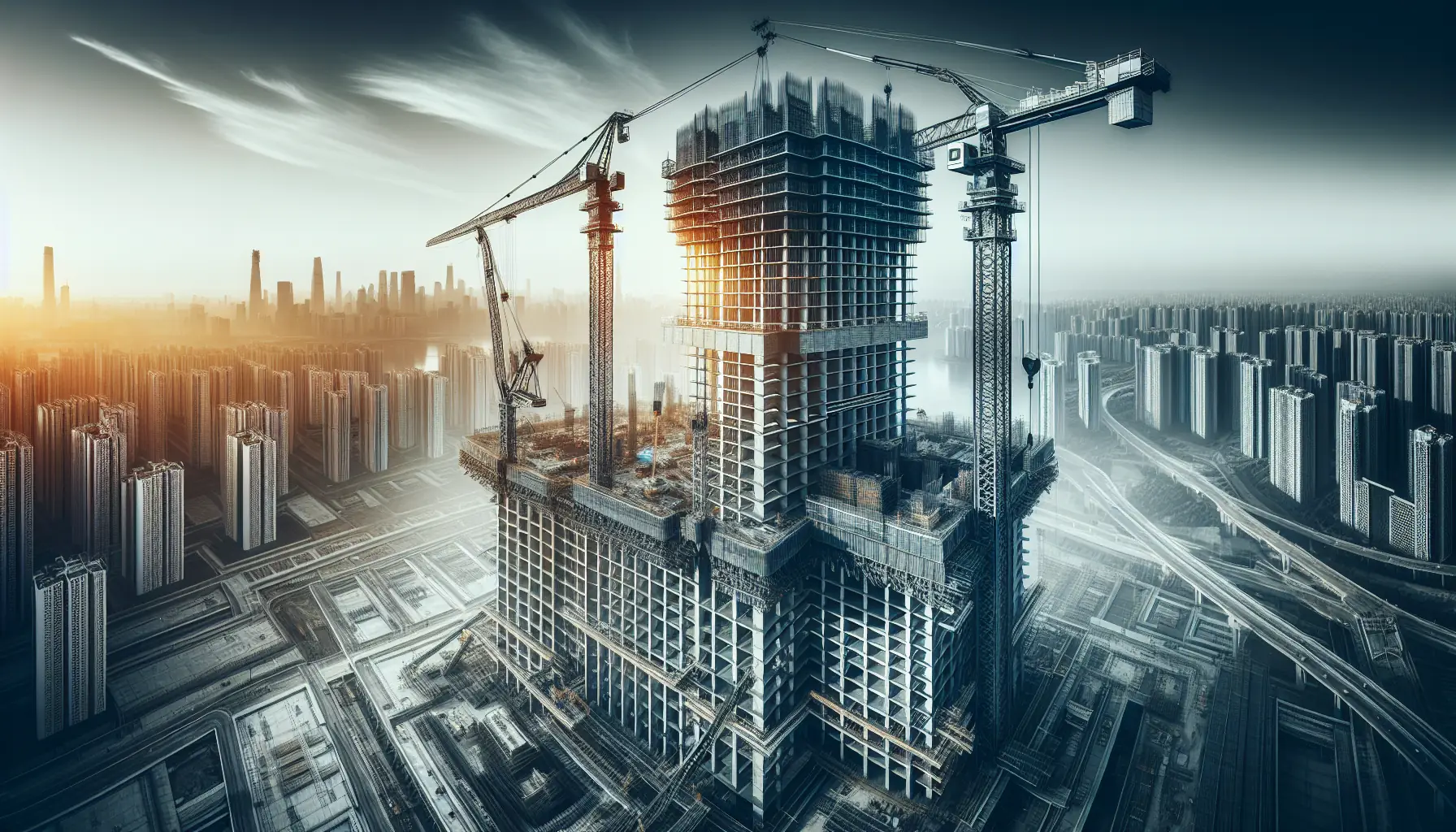
15 Essential Tips for Selecting the Perfect Crane for Construction
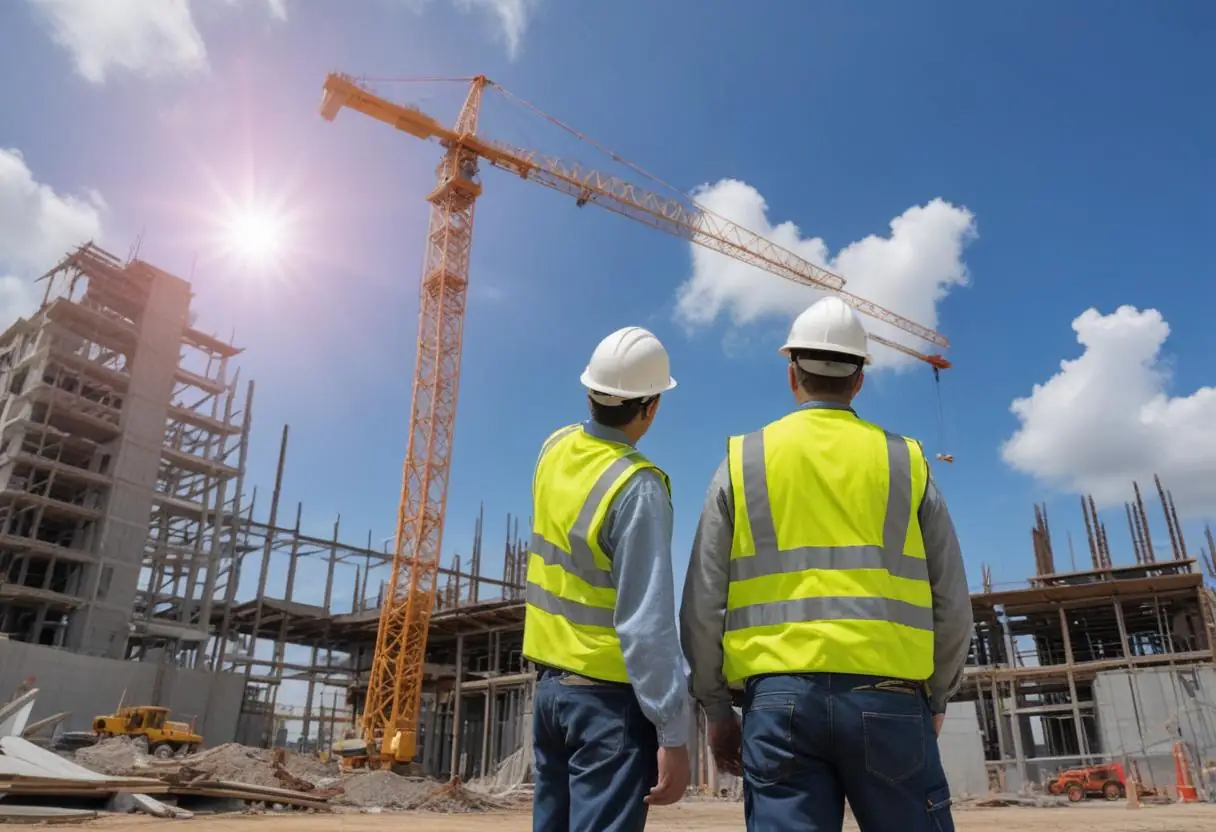
Maximize Savings: Multi-Purpose Construction Machinery for Lower Costs
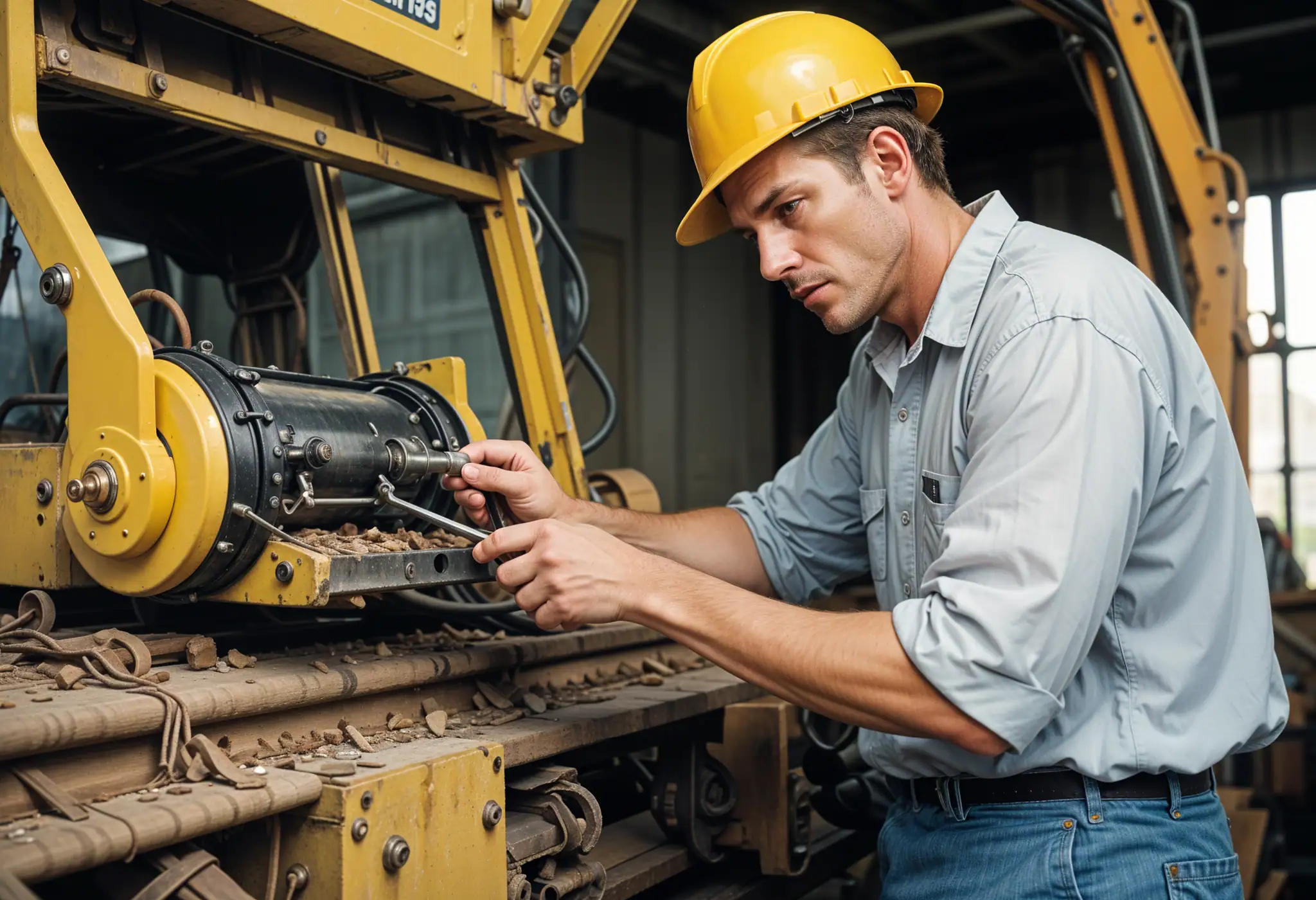
Affordable Heavy Equipment Parts: A Sourcing Guide
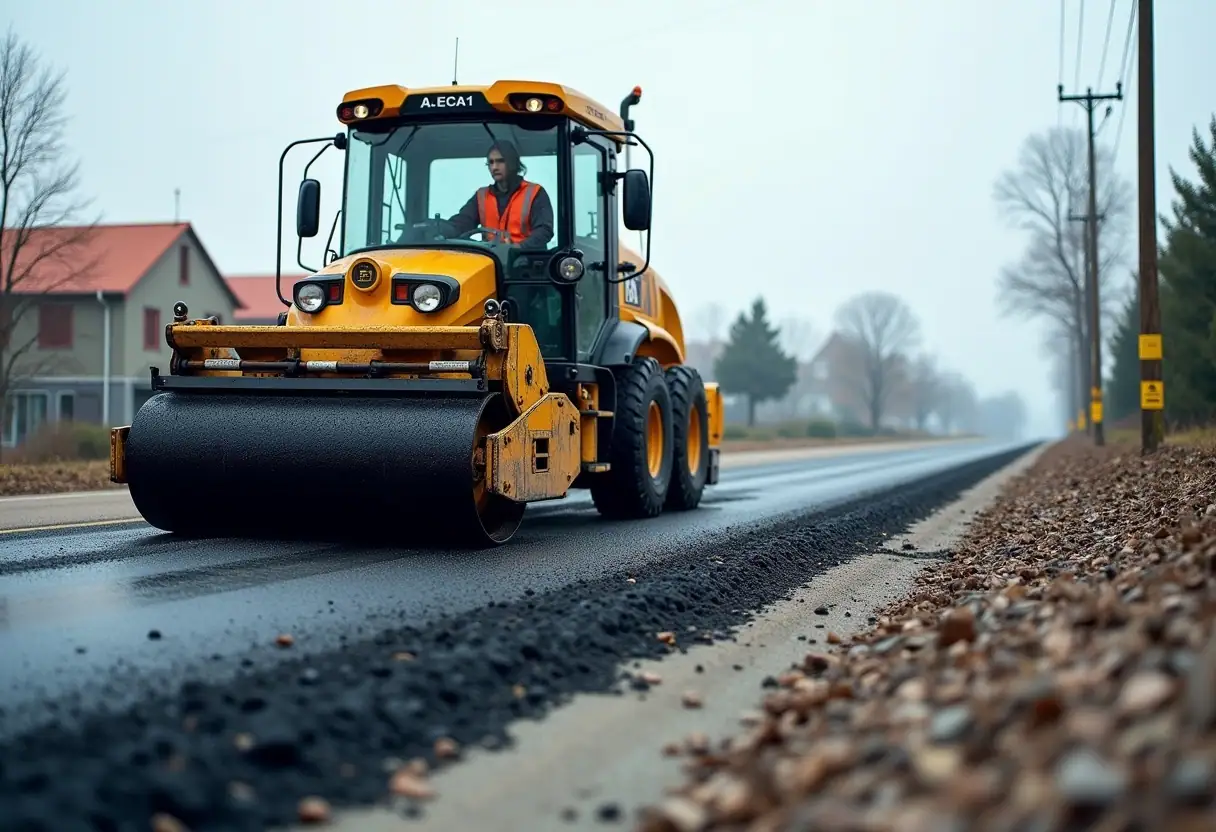
Choosing the Right Road Construction Equipment: A Complete Guide
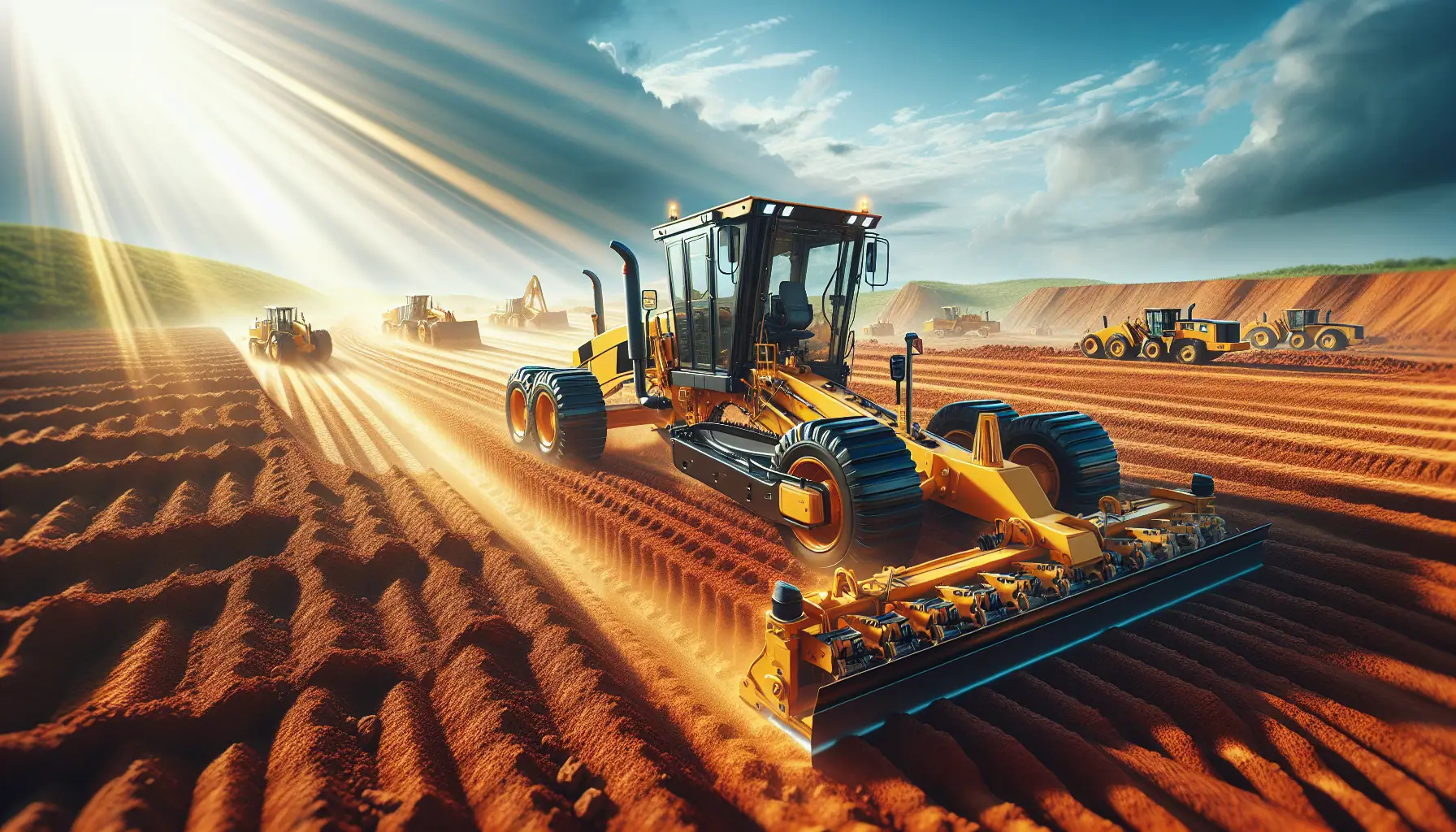
Motor Graders: Key Elements to Consider for Optimal Selection
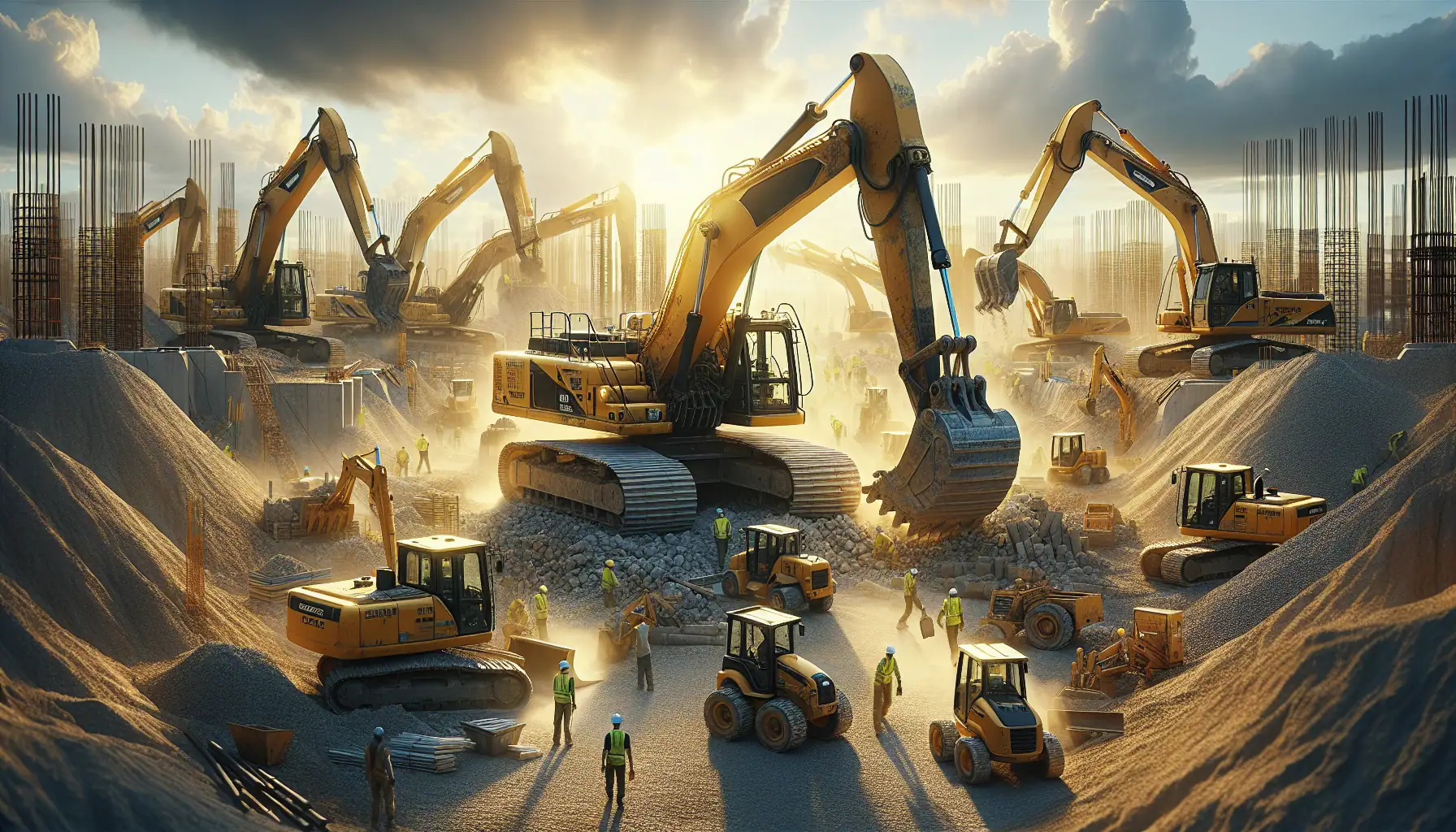
A Detailed Guide to Choosing Excavators for Construction Work
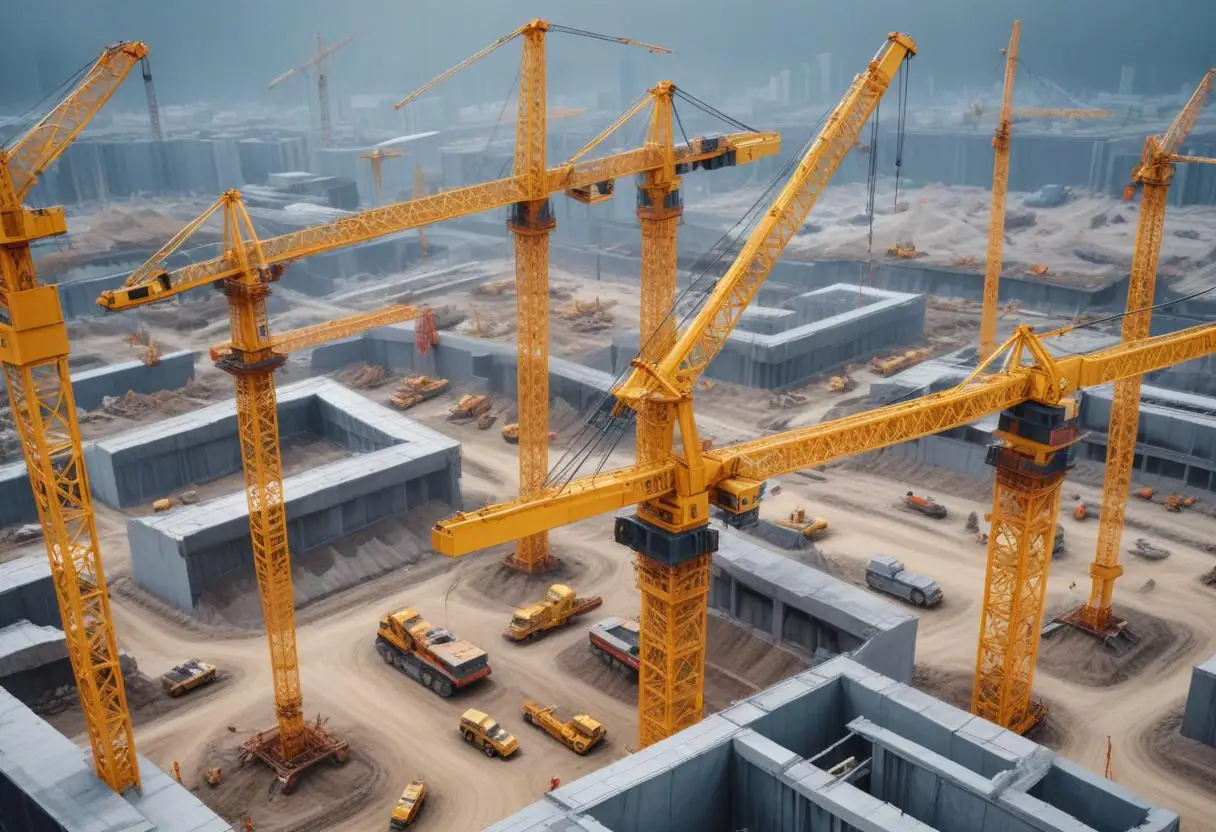
Top Tips for Choosing Cranes for Construction Projects
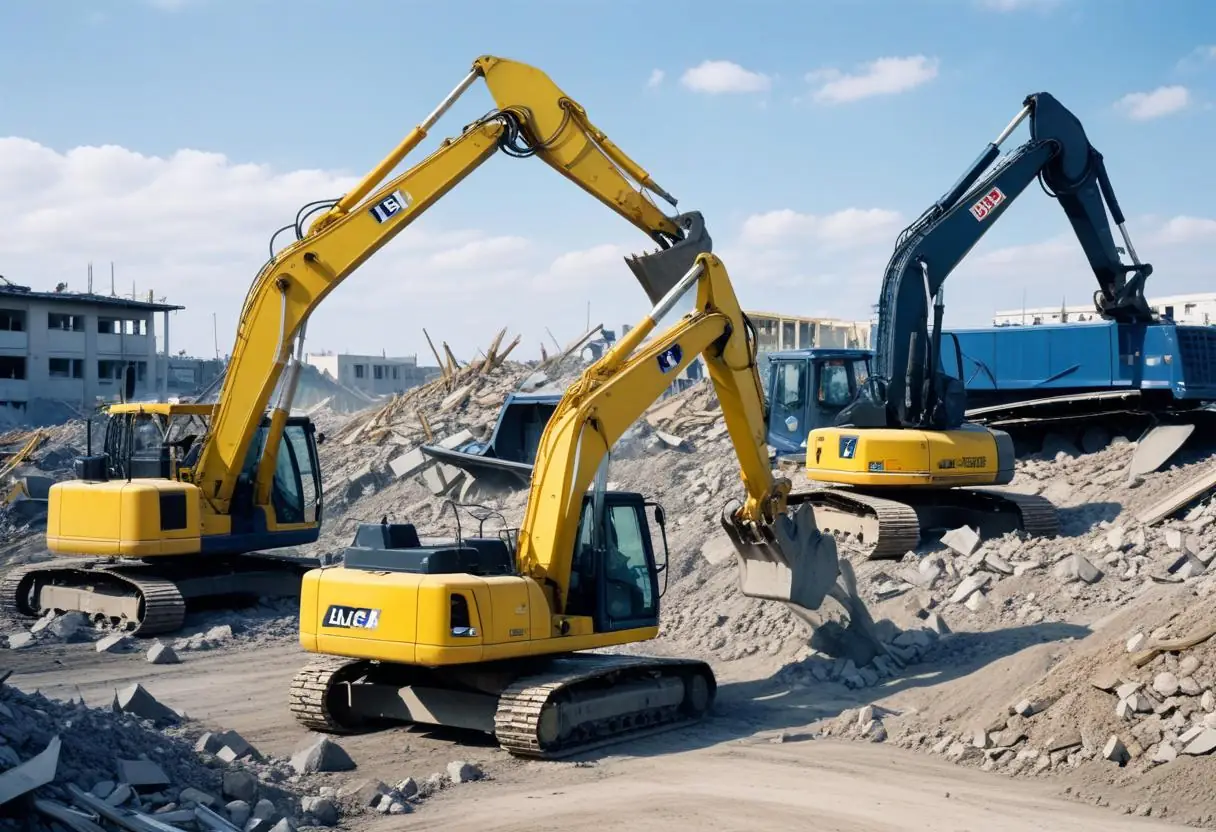
5 Top-Rated Demolition Machines for Construction Professionals
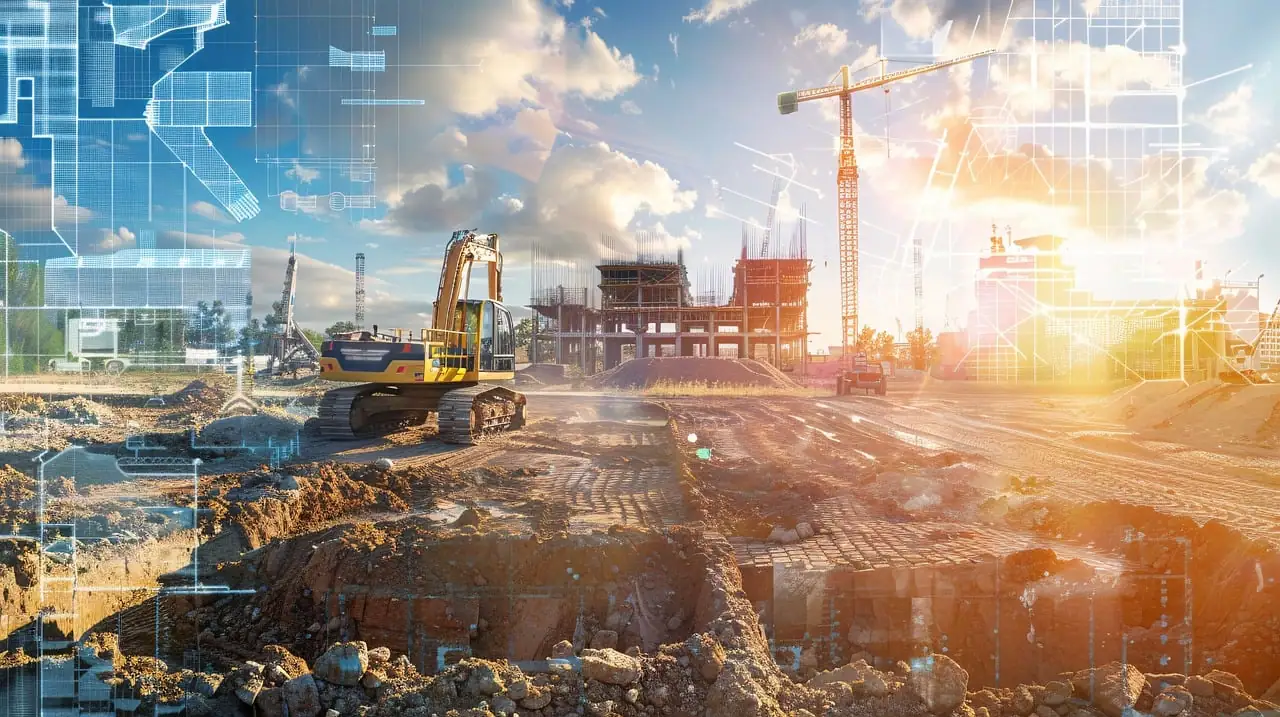
Expert Tips on Choosing Earthmoving Equipment for Large Projects
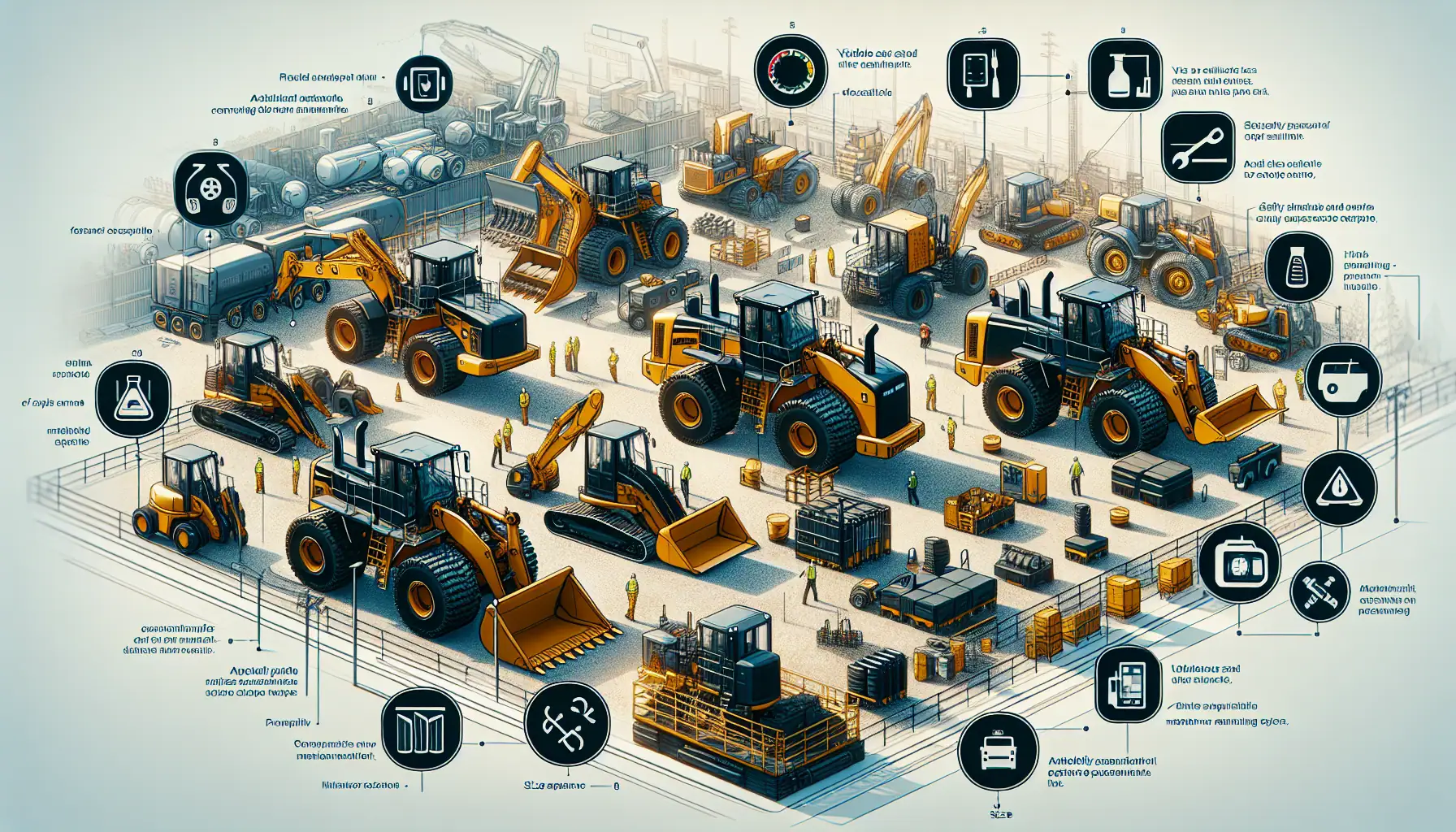
Top Functional Criteria for Selecting Heavy Construction Equipment
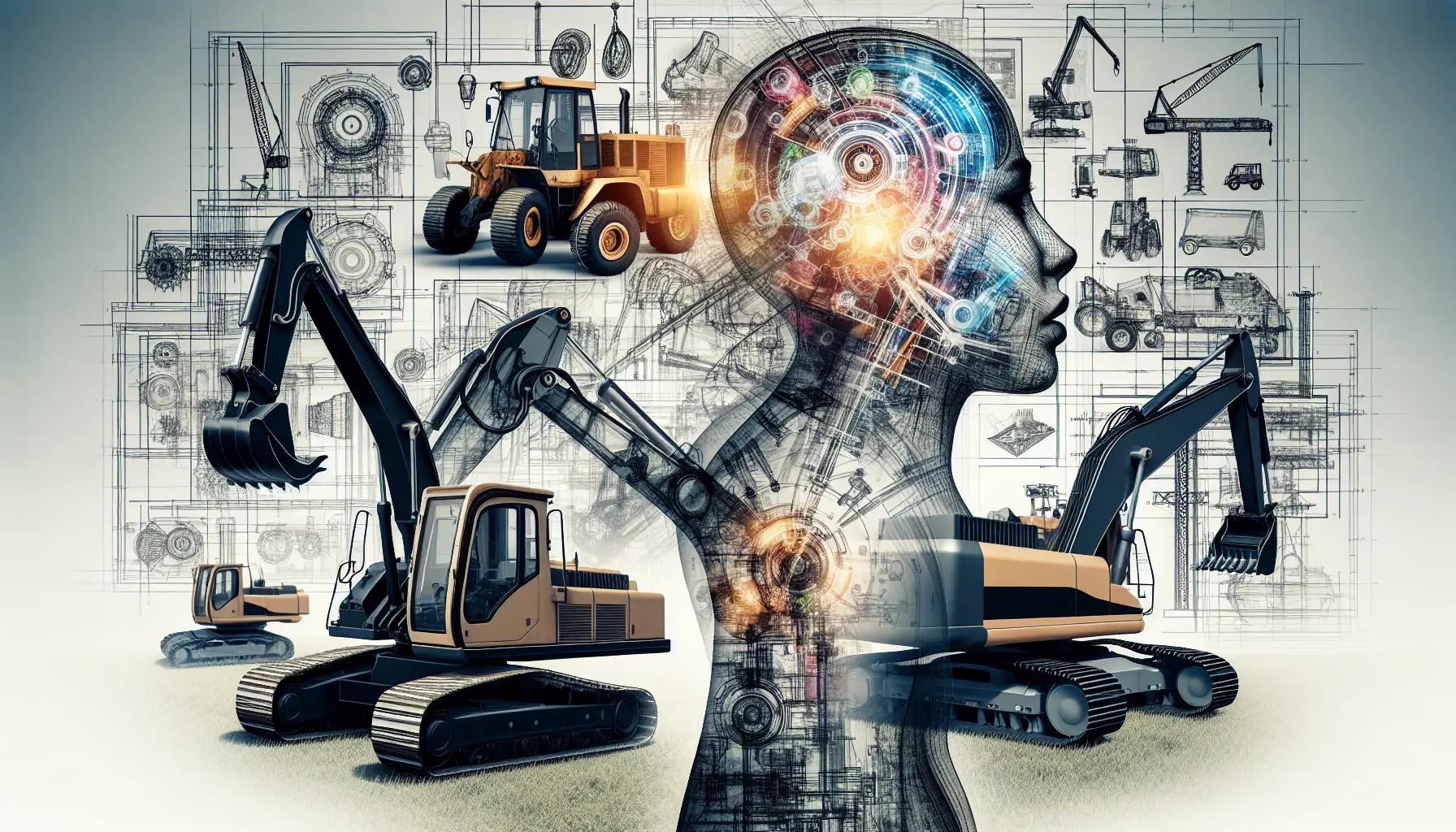
Construction Machinery: Detailed Guide to Equipment Specifications
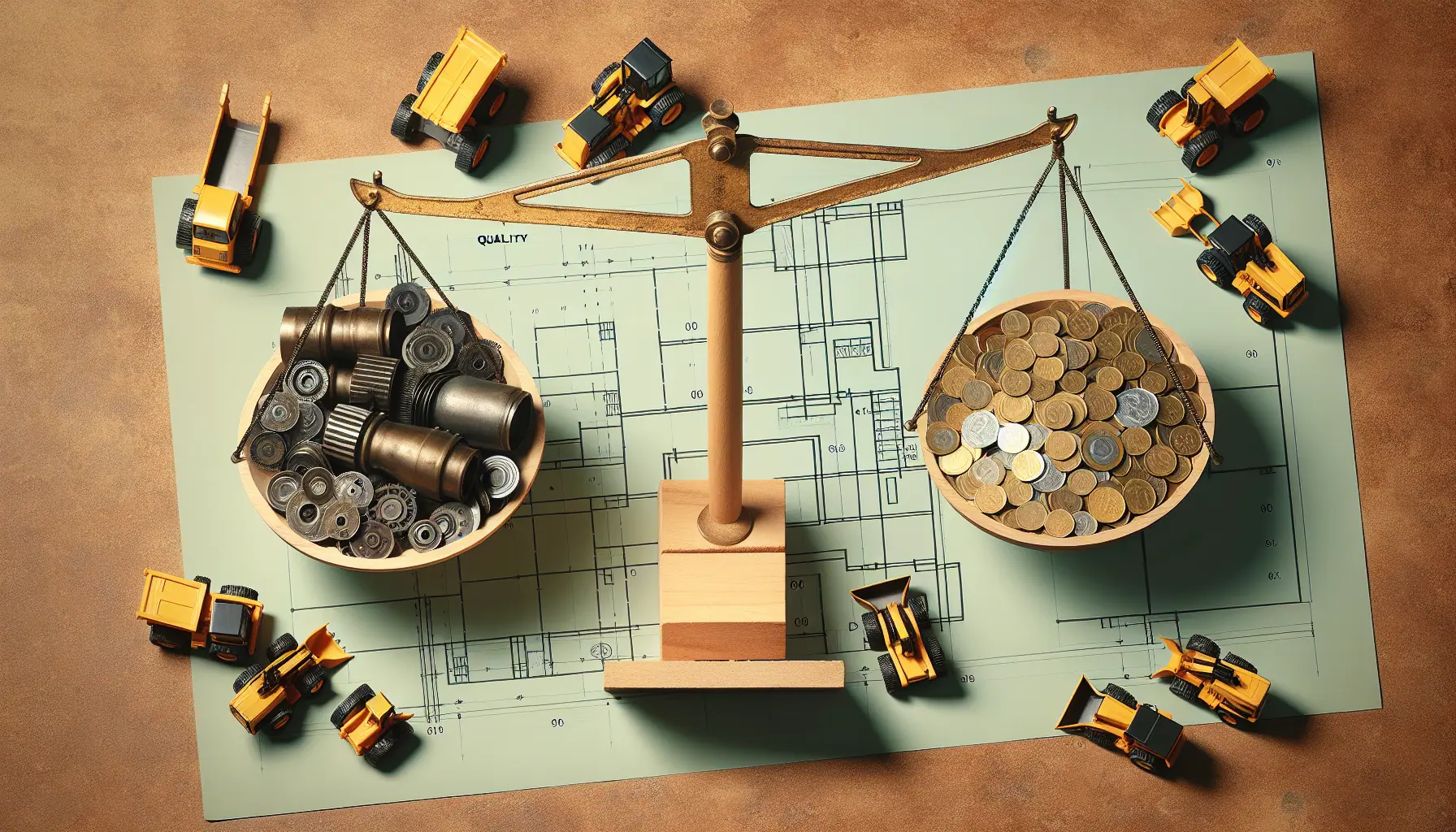
Heavy Machinery Prices: Key Factors in Cost and Quality Balance
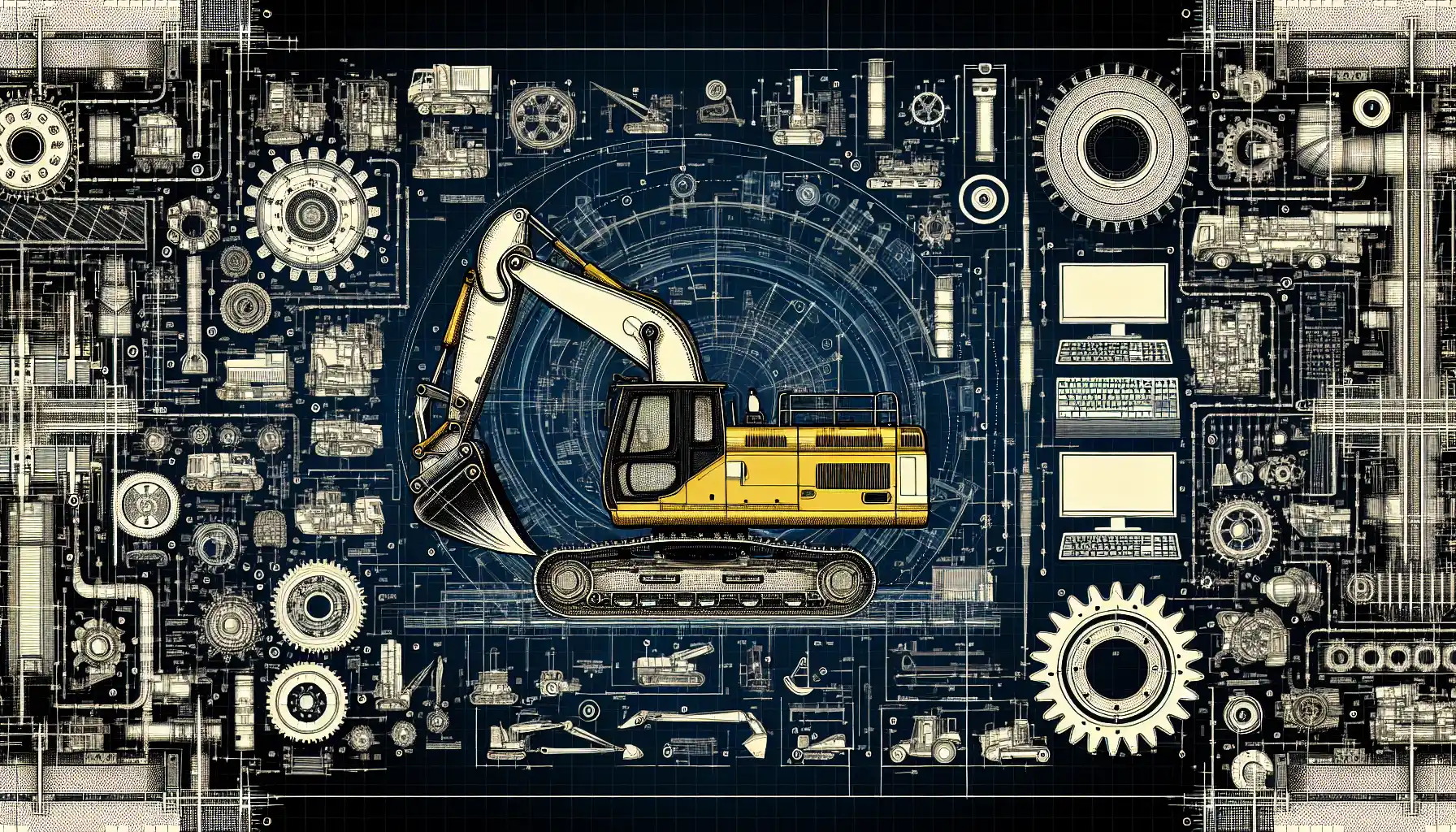
Best Construction Heavy Equipment Brands: Pros and Cons
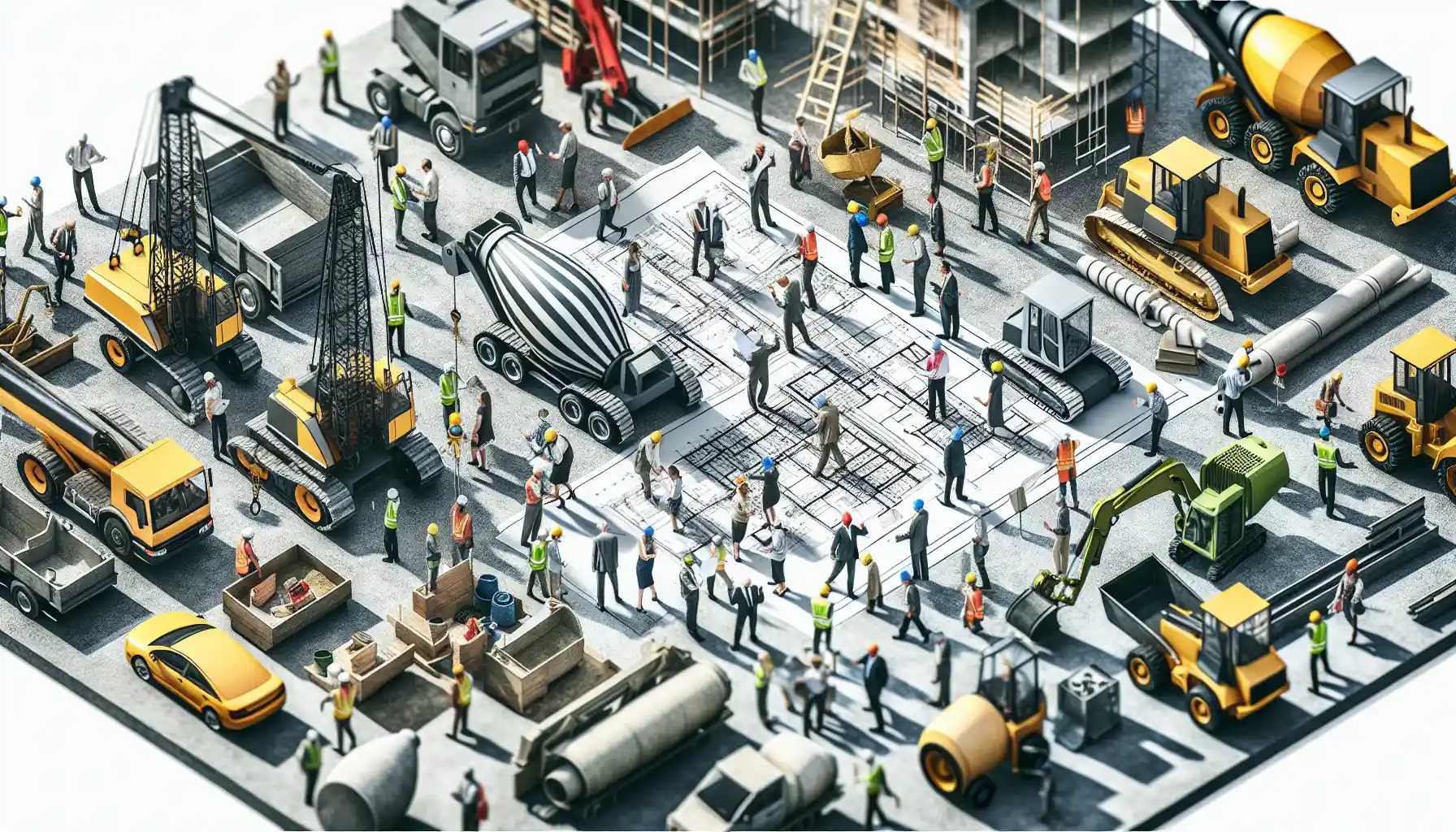
Construction Site Equipment: How to Determine Your Requirements
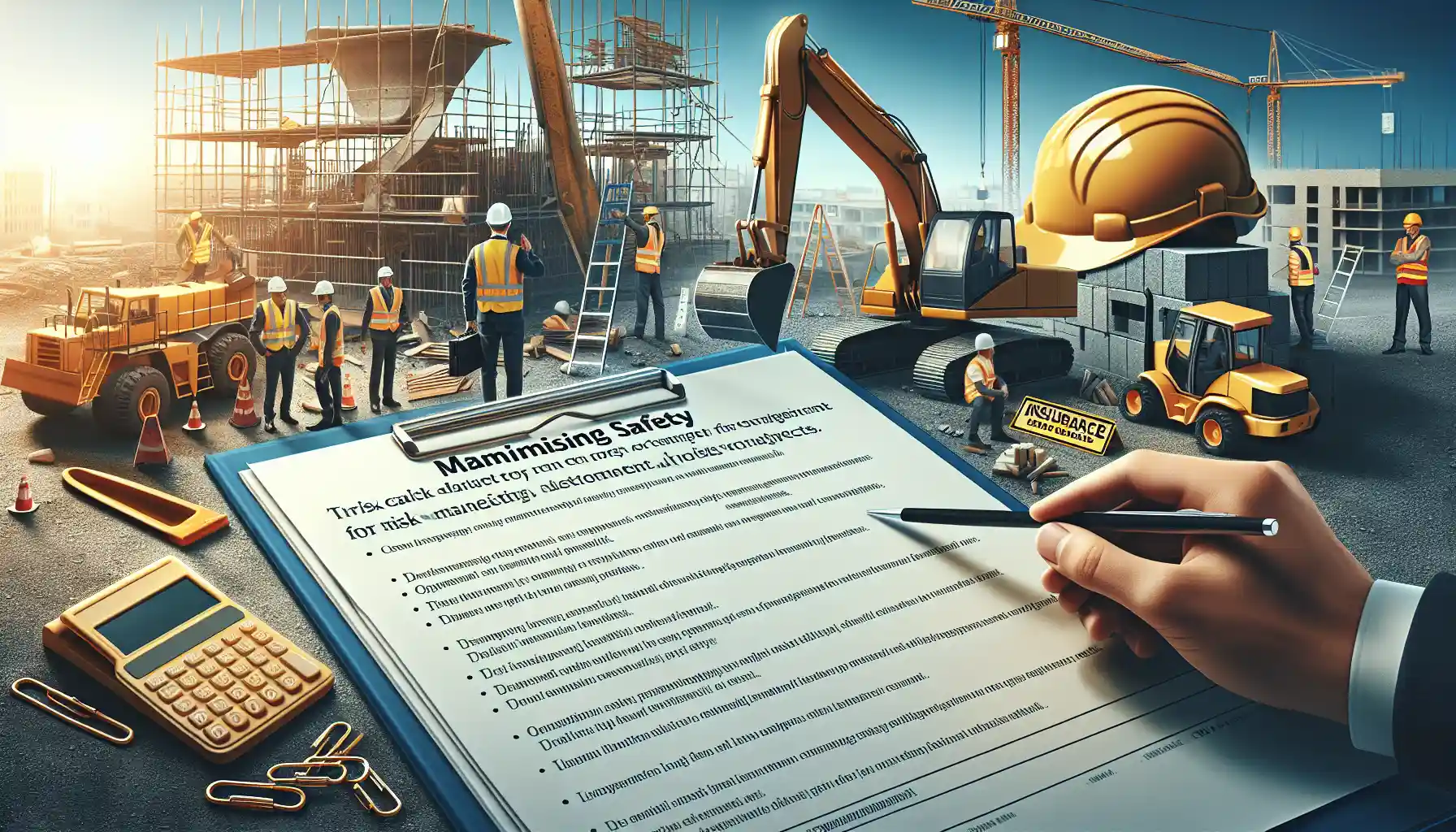
Maximizing Safety: Risk Management for Construction Projects
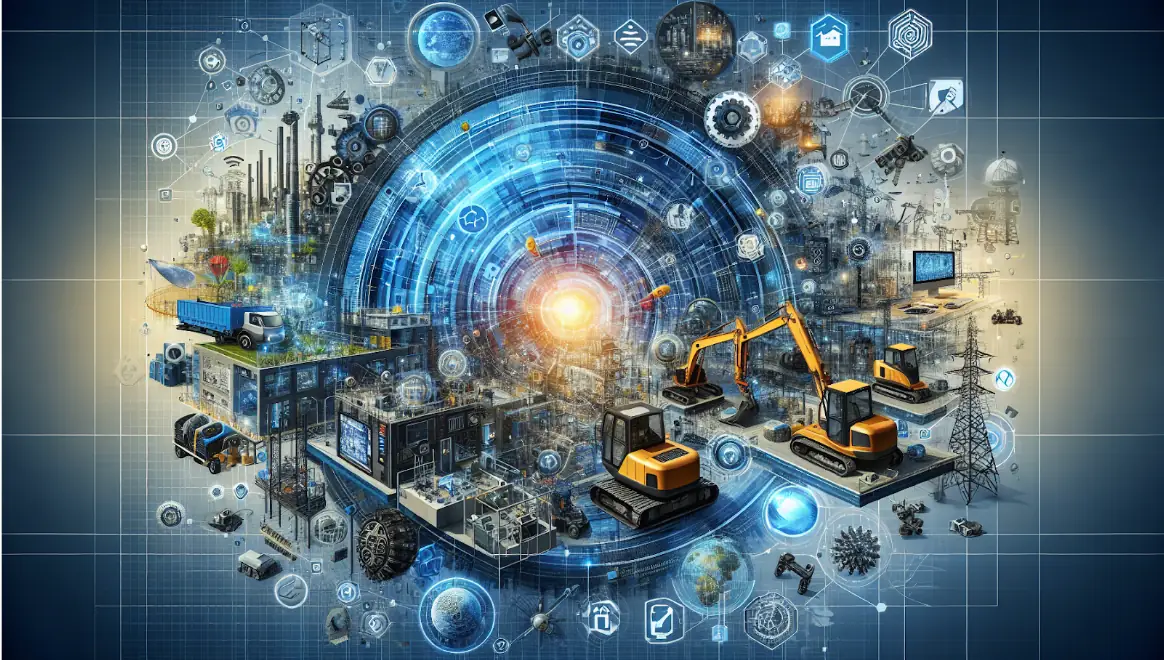
Innovations in Construction: Transforming Machinery and Equipment
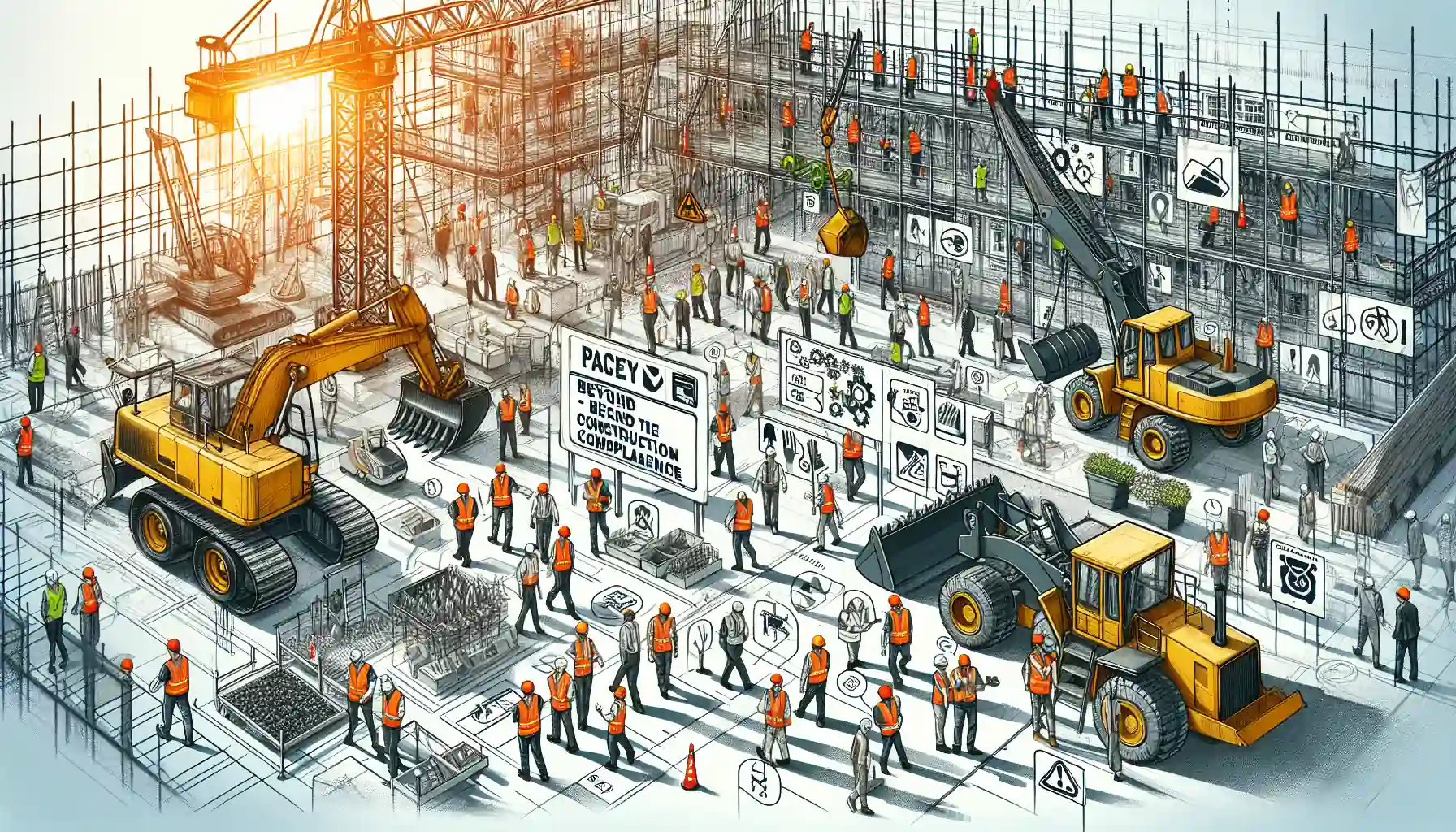
Heavy Equipment Safety: Beyond the Basics in Construction Compliance
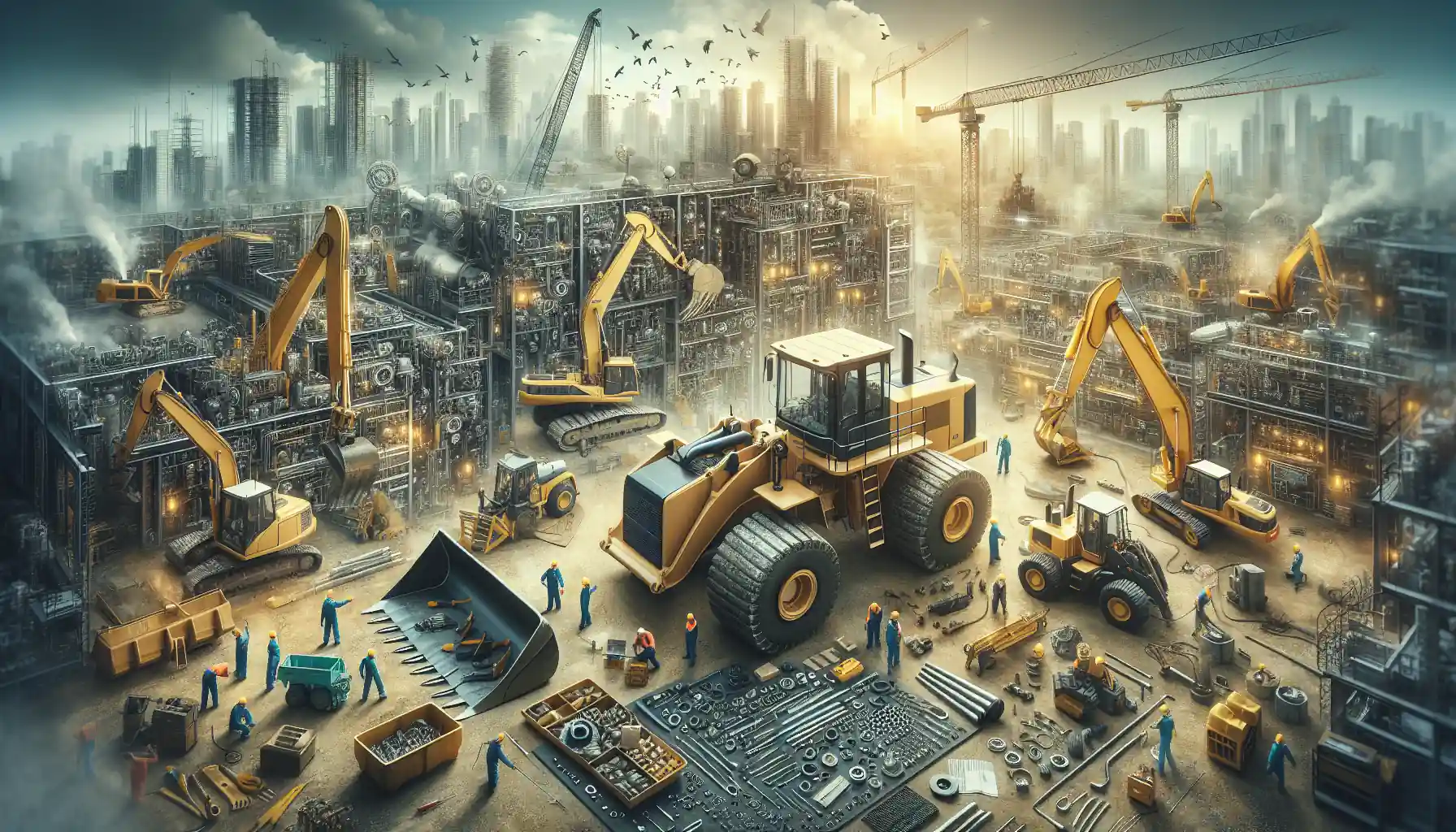
The Essential Handbook for Construction Equipment Repair and Maintenance
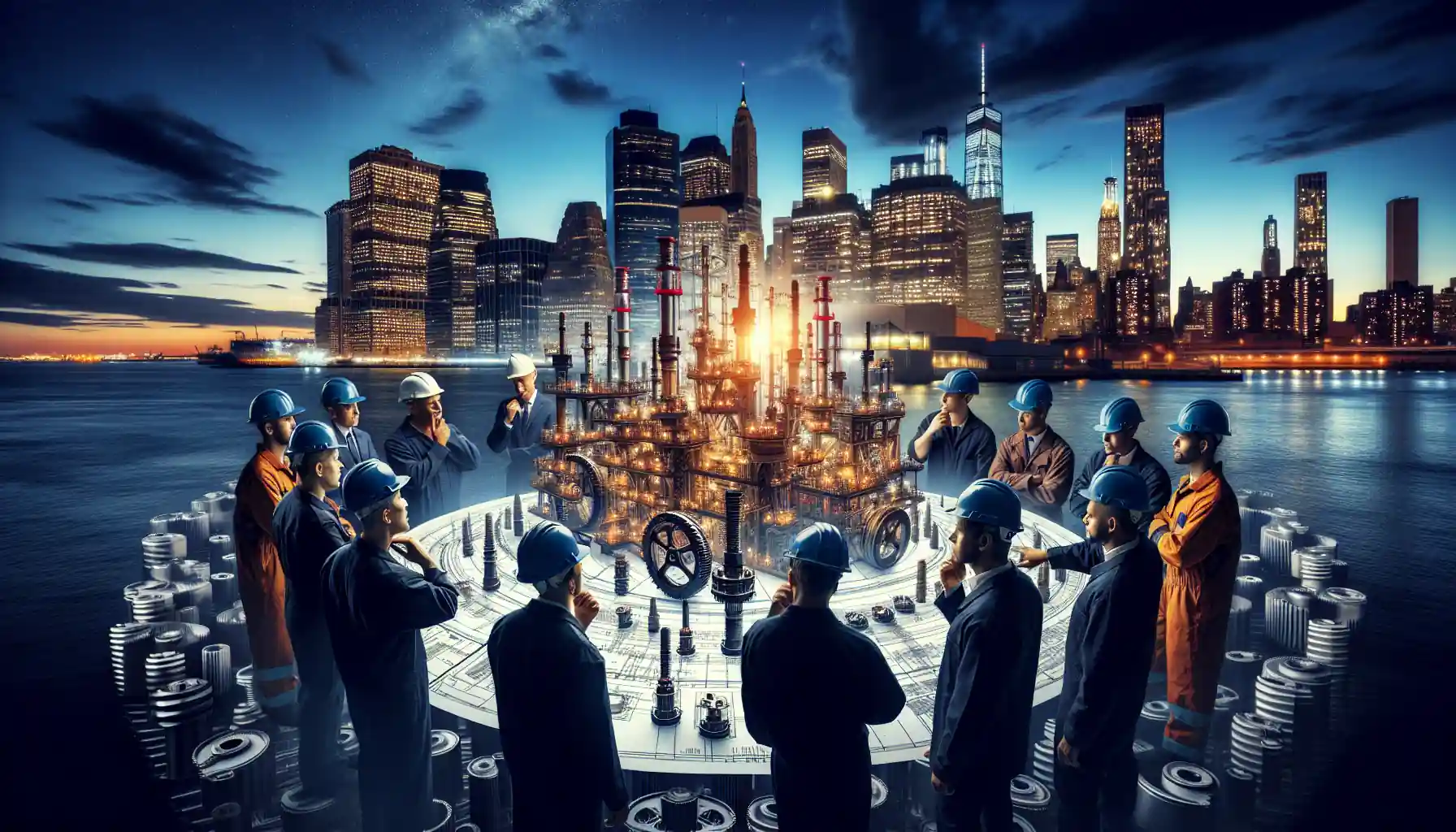
How to Efficiently Source Oil and Gas Machinery Parts in NYC

Essential Guide to Sourcing Agriculture Equipment Parts
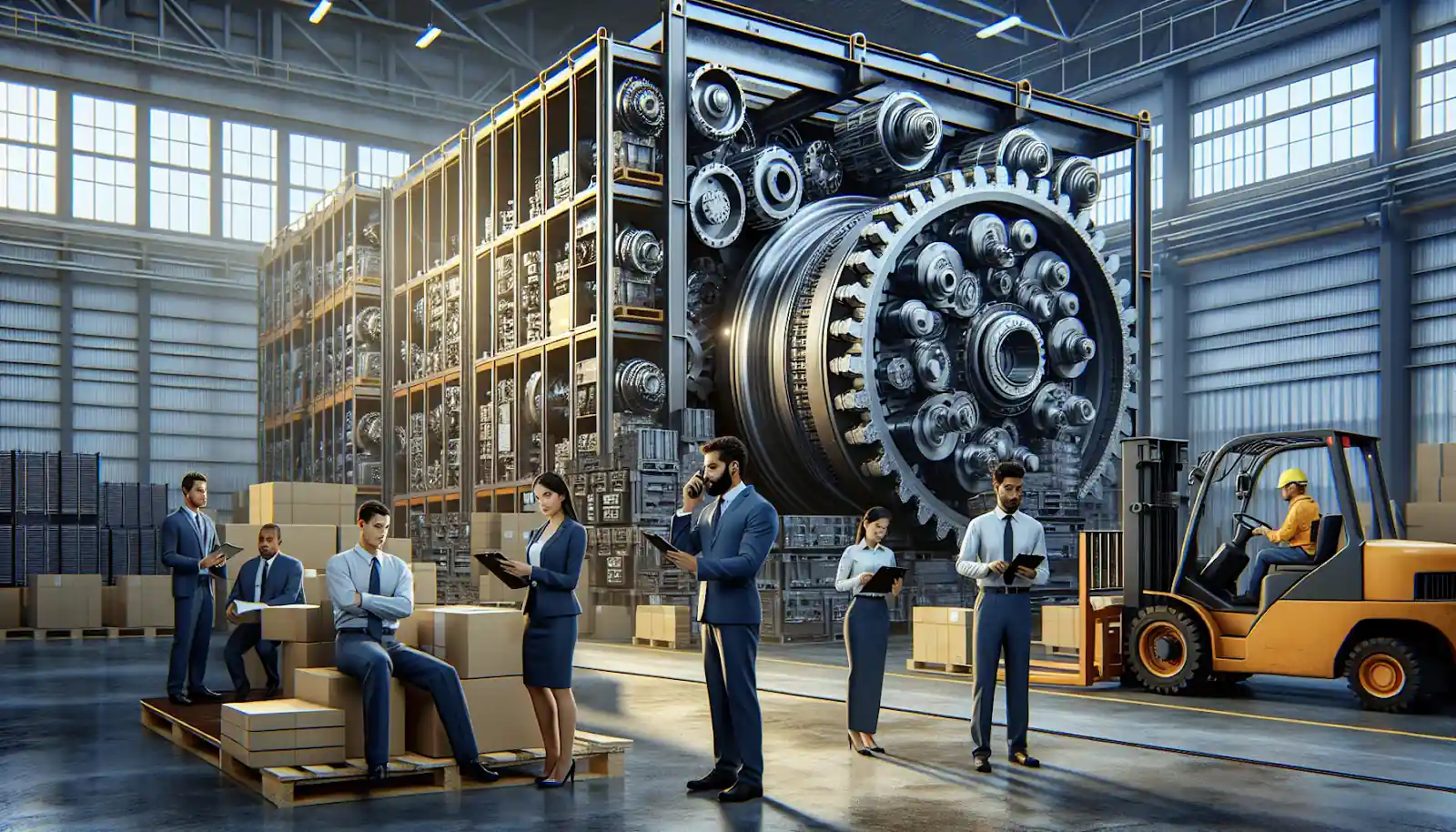
How to Source Mining Machinery Parts: Tips and Strategies
